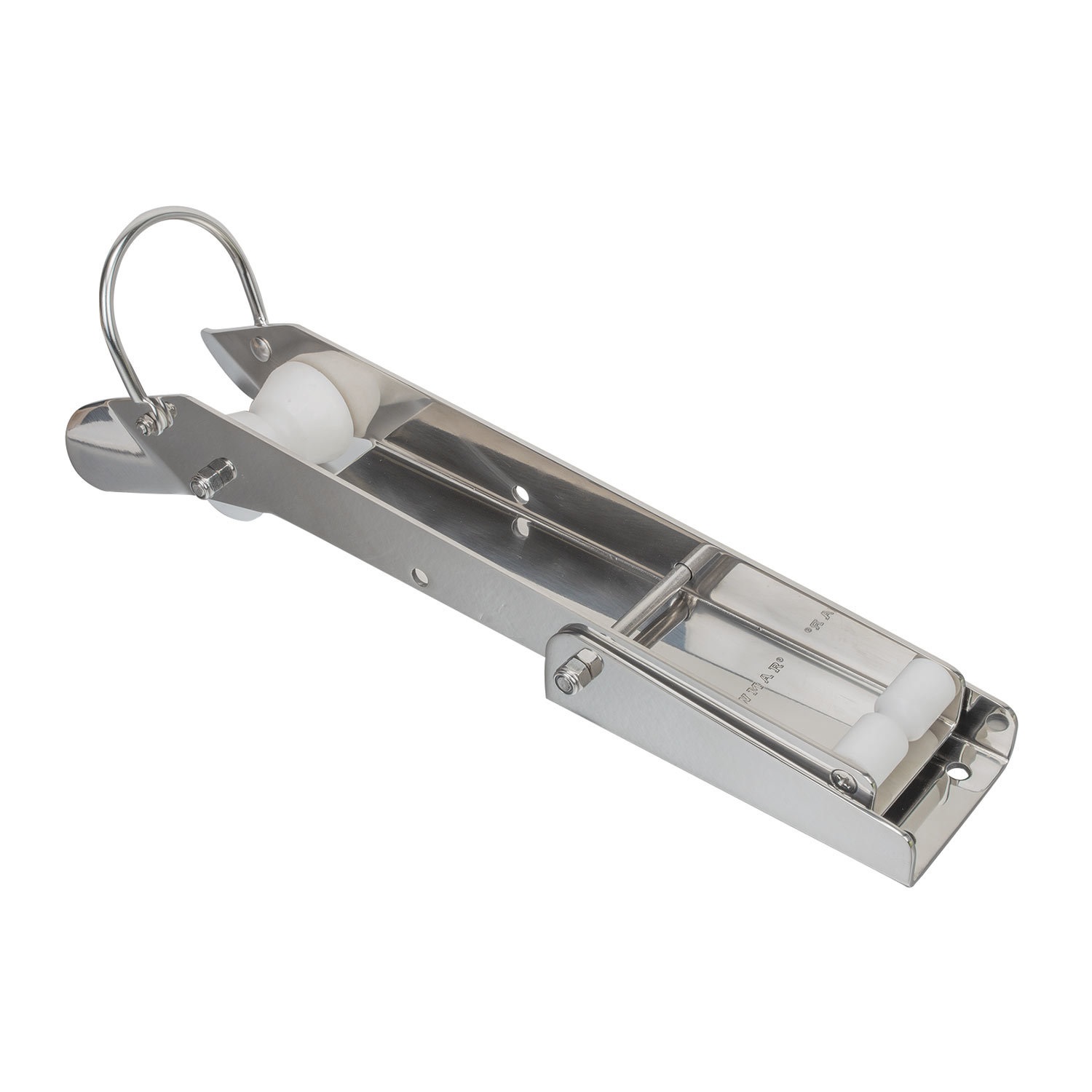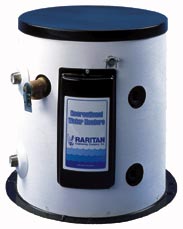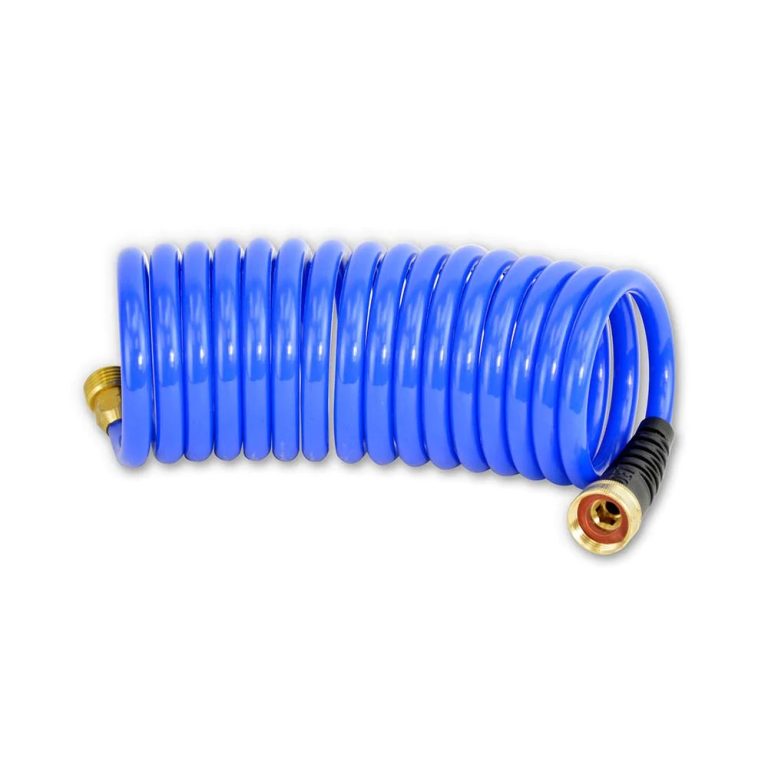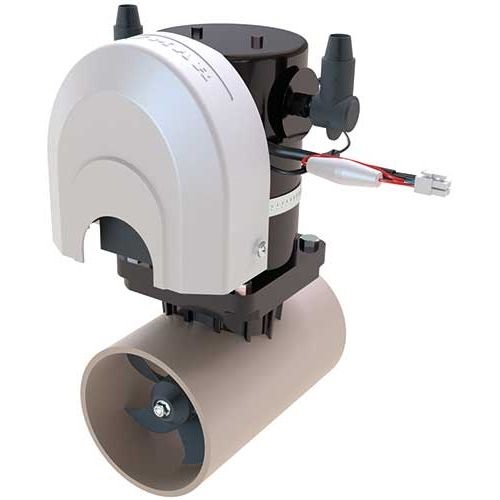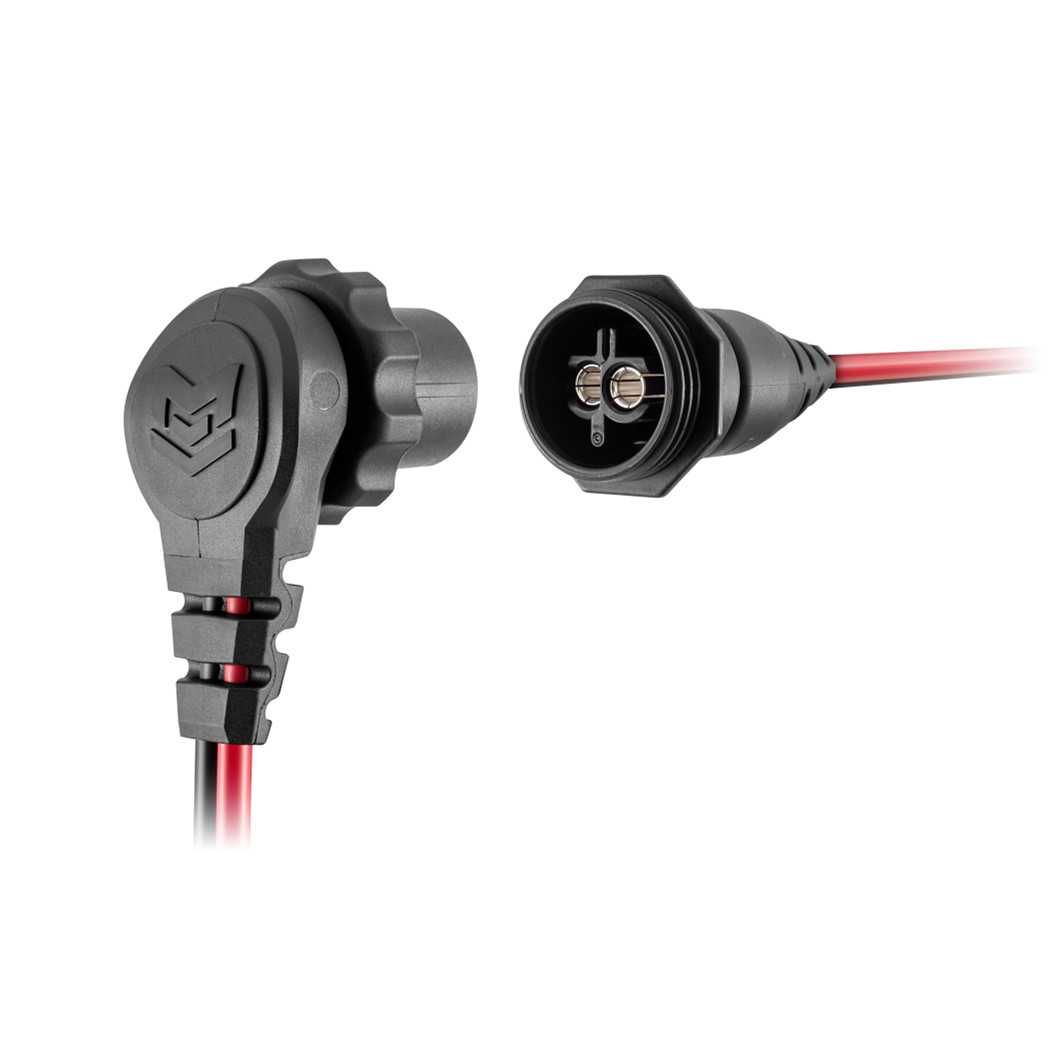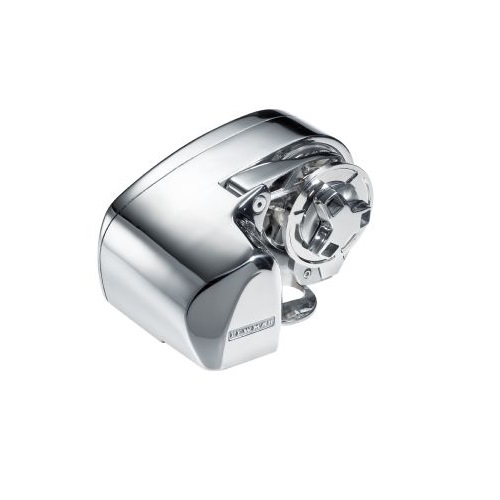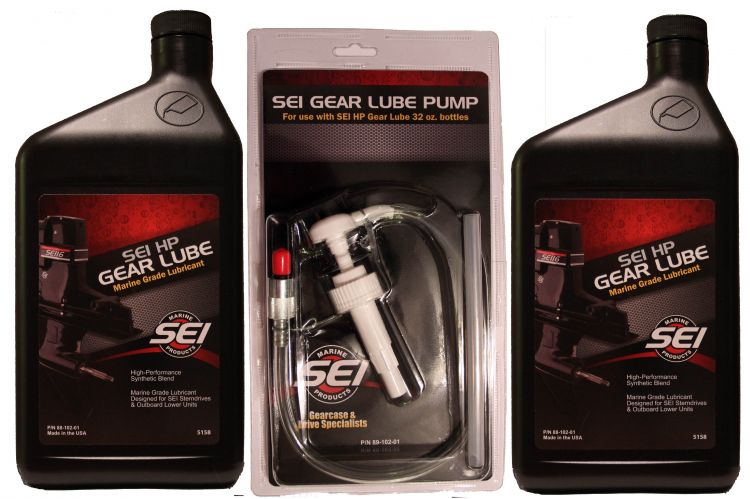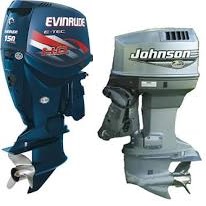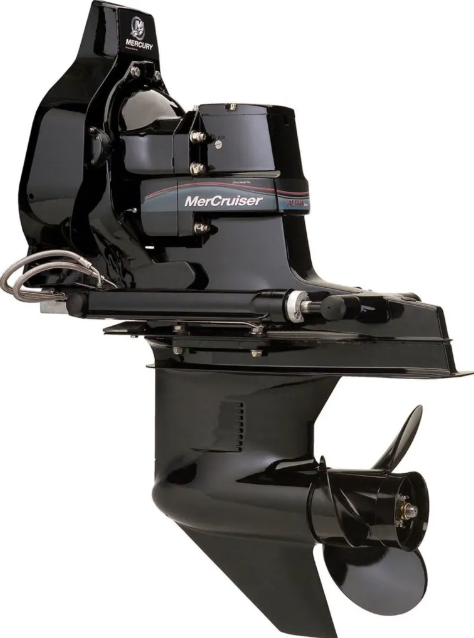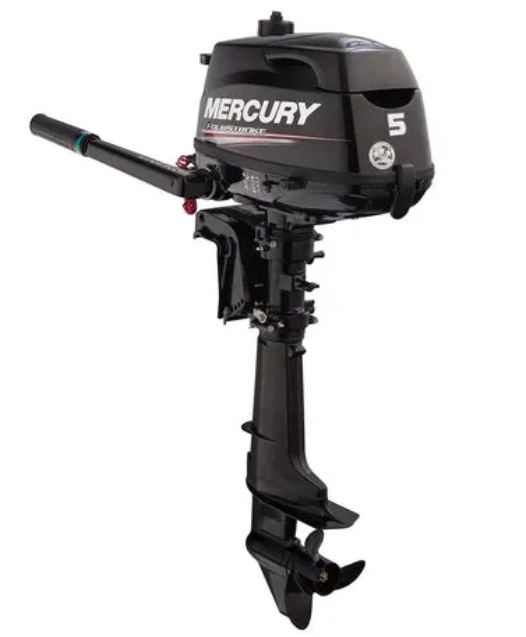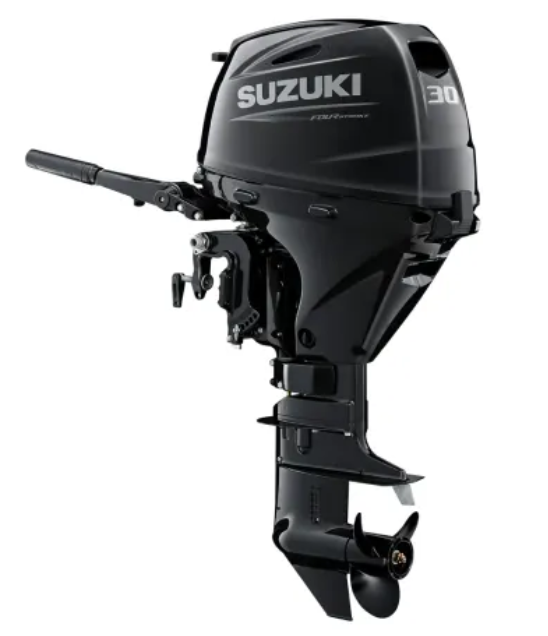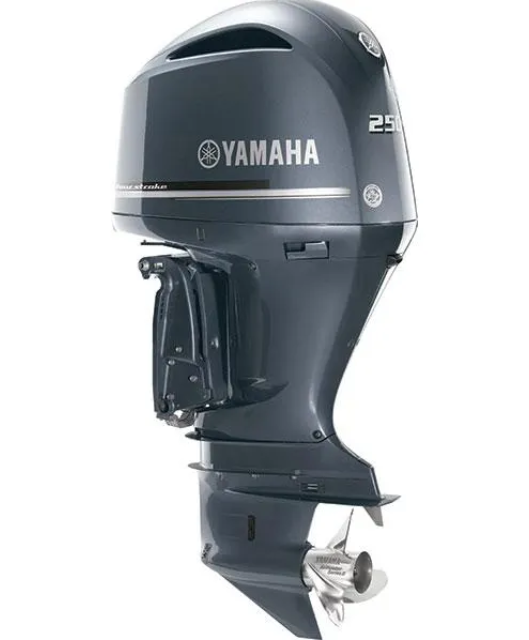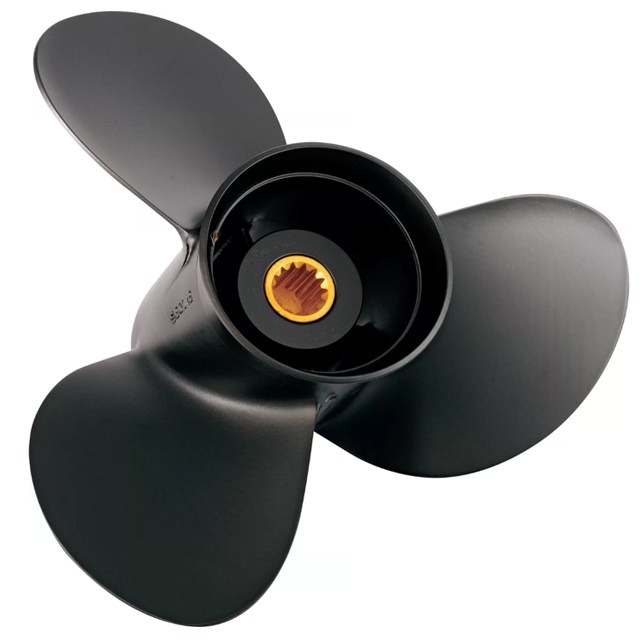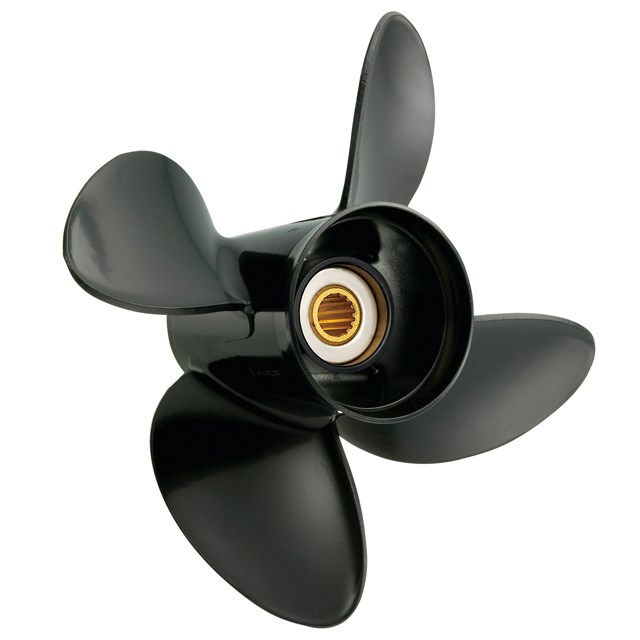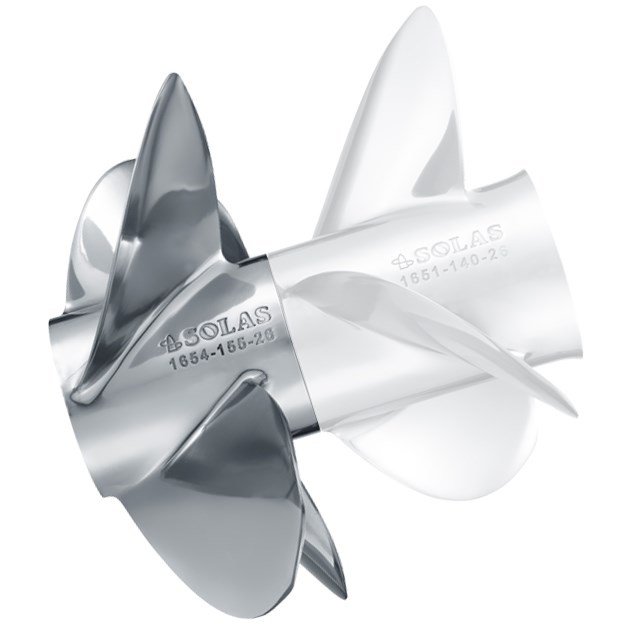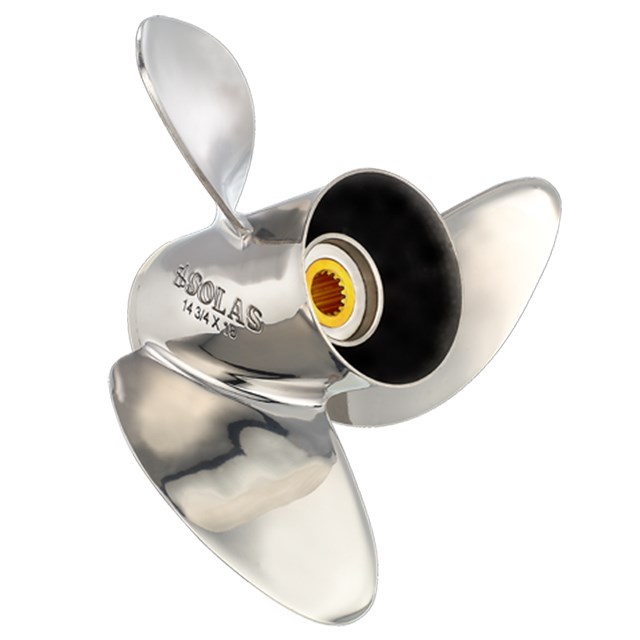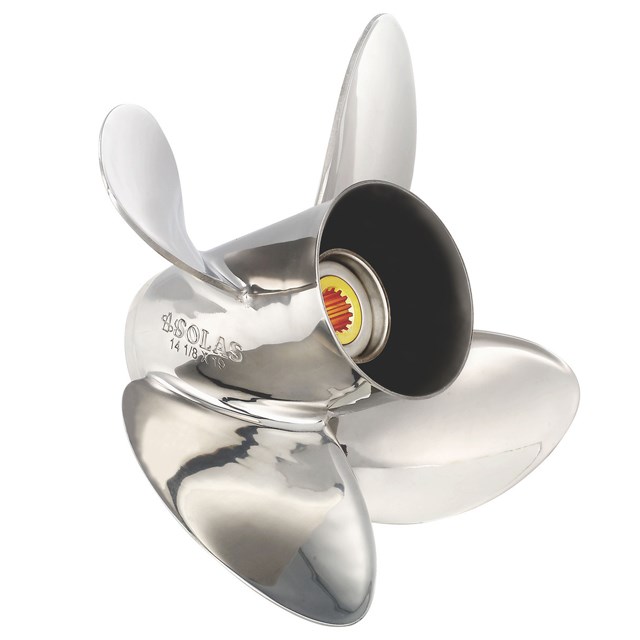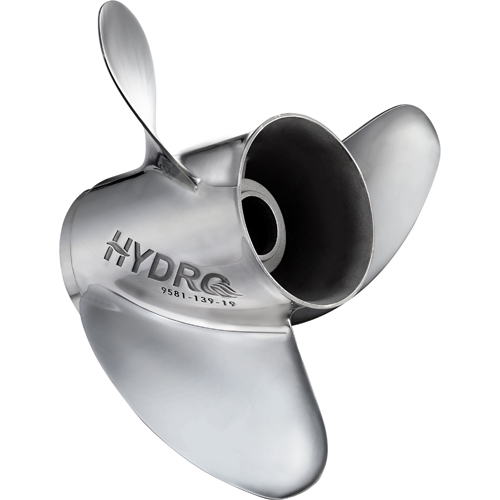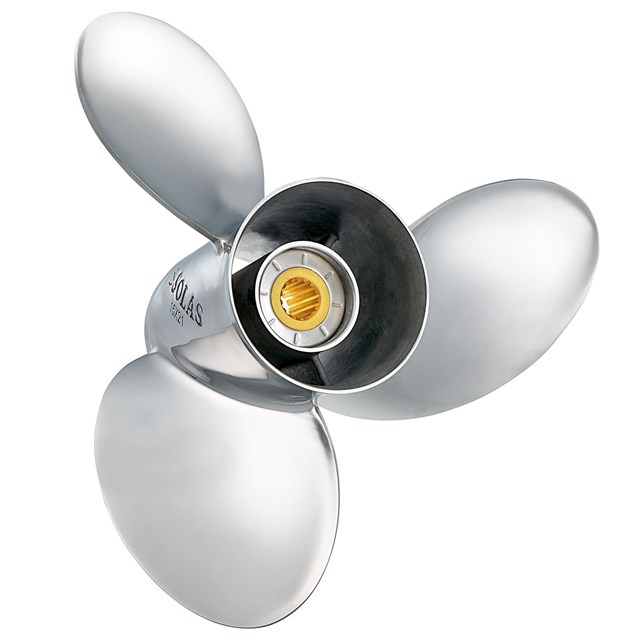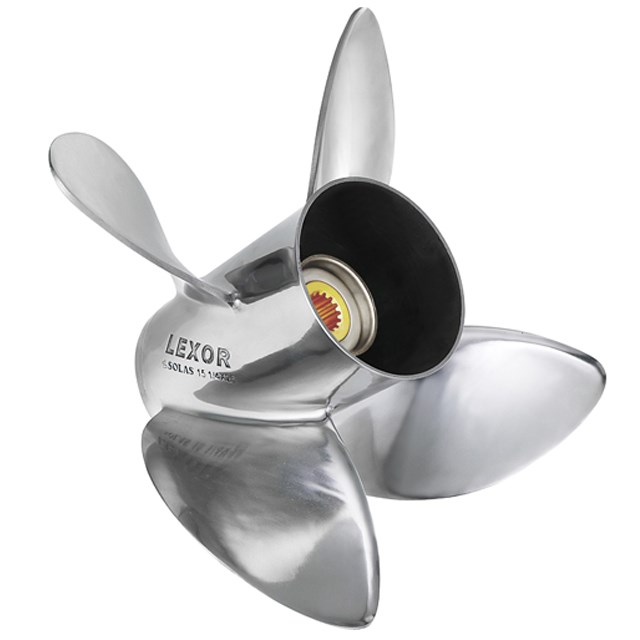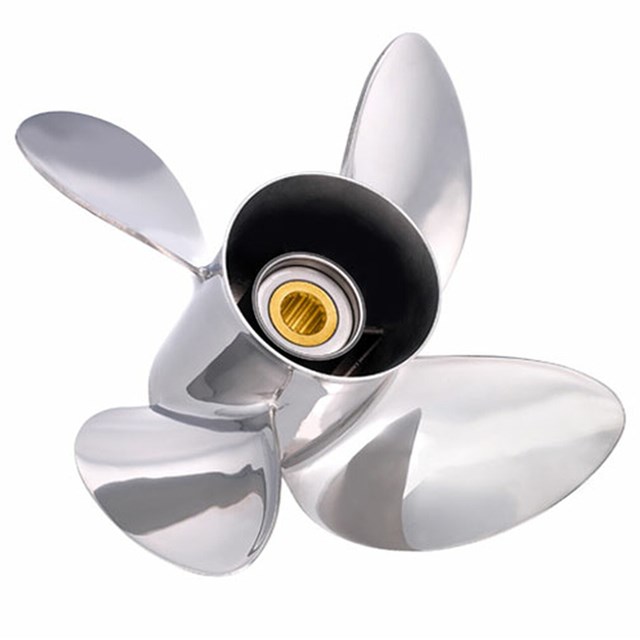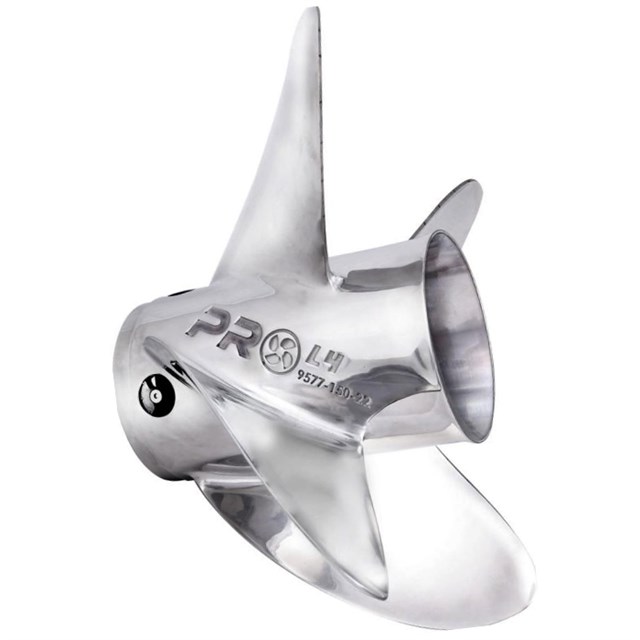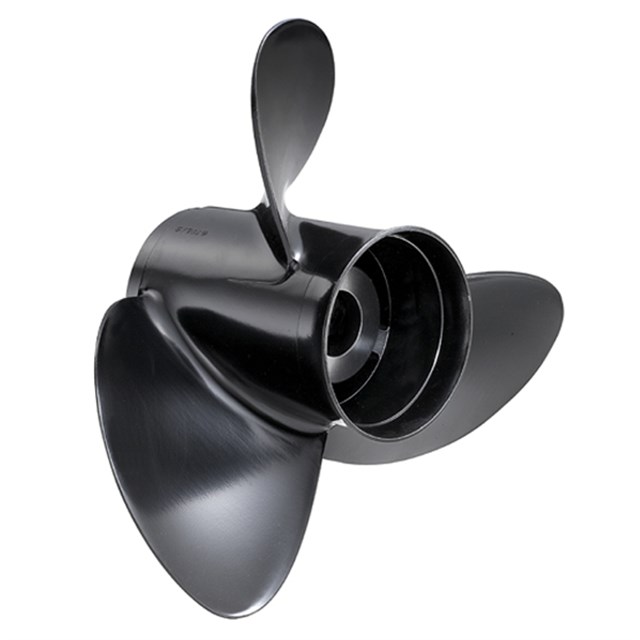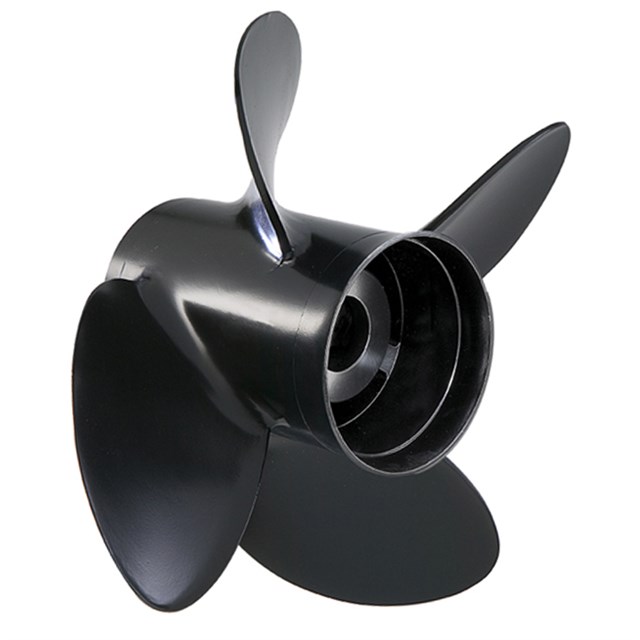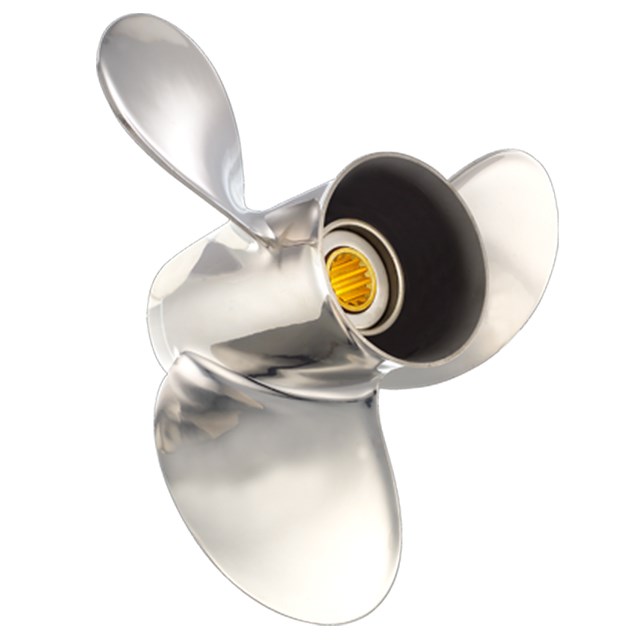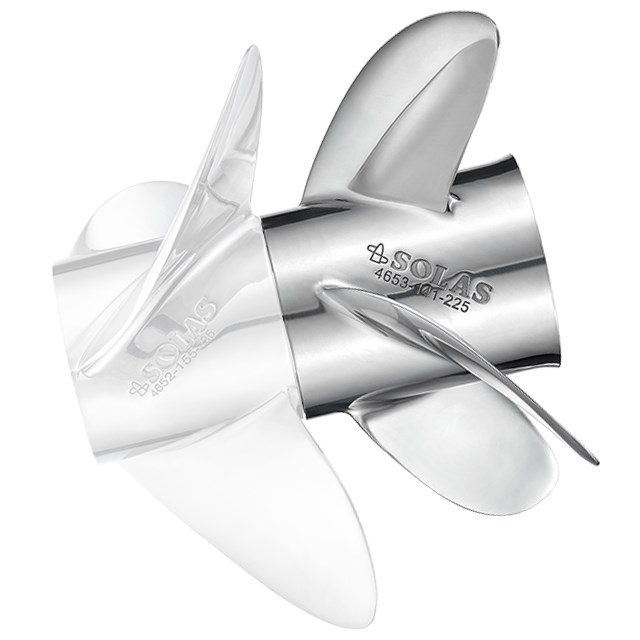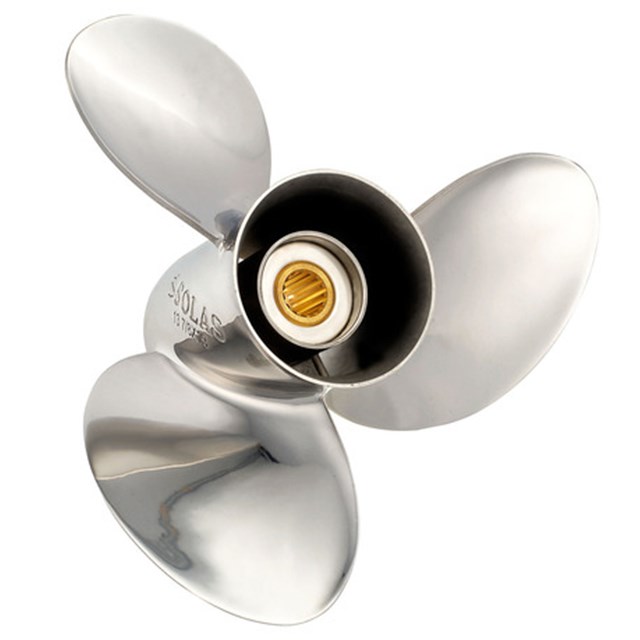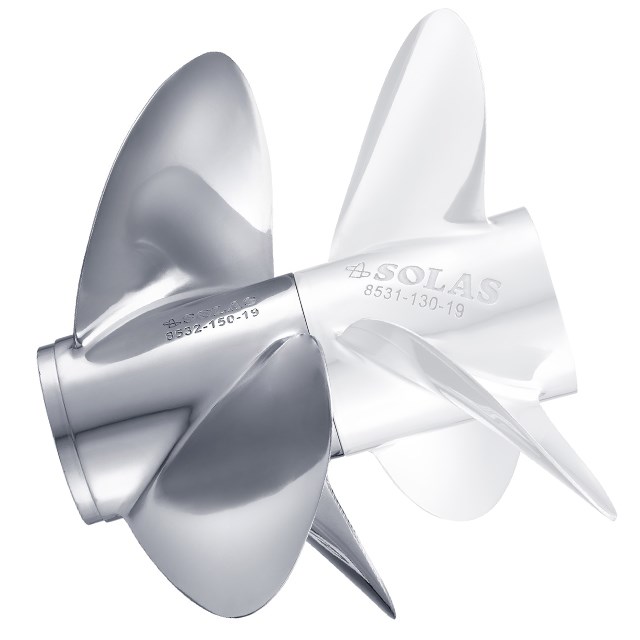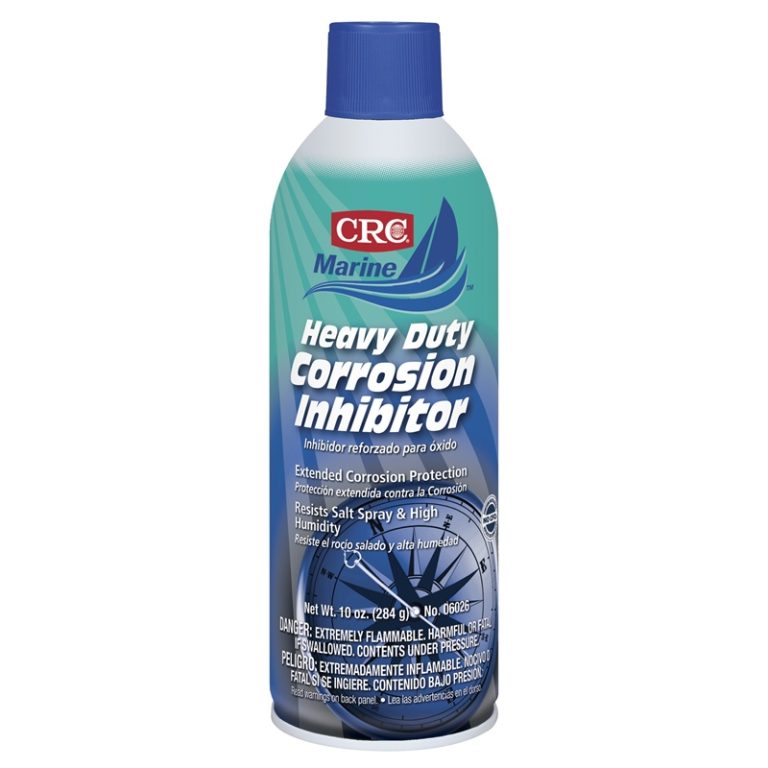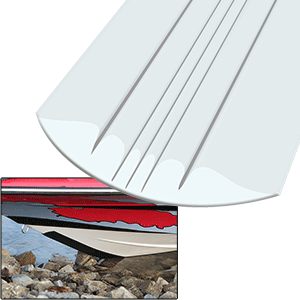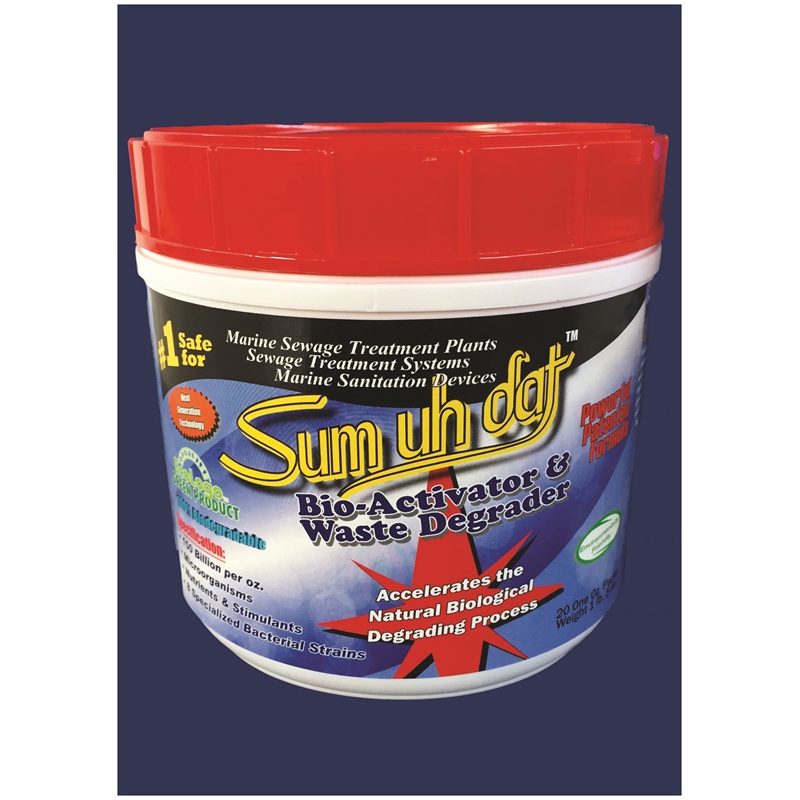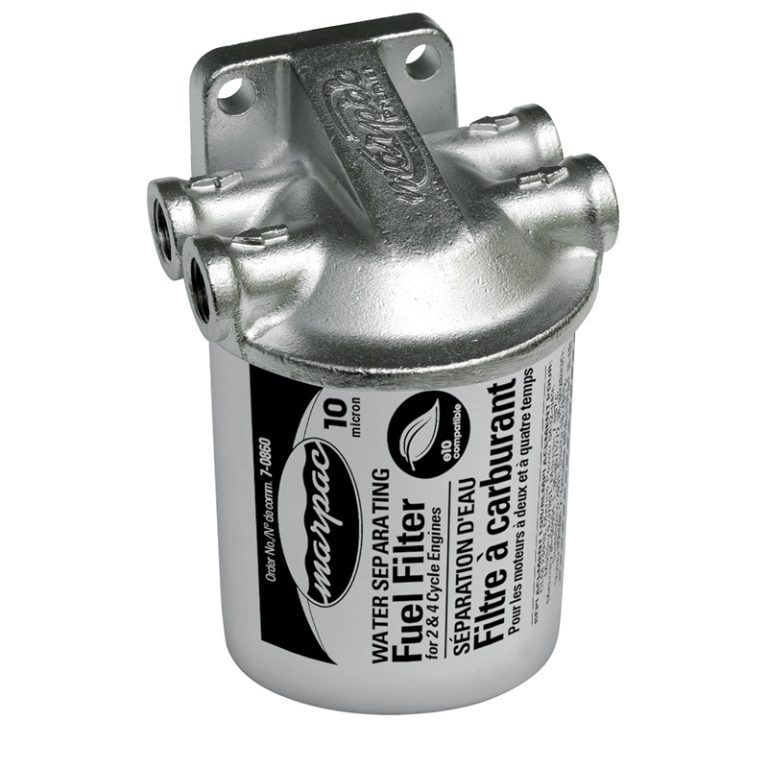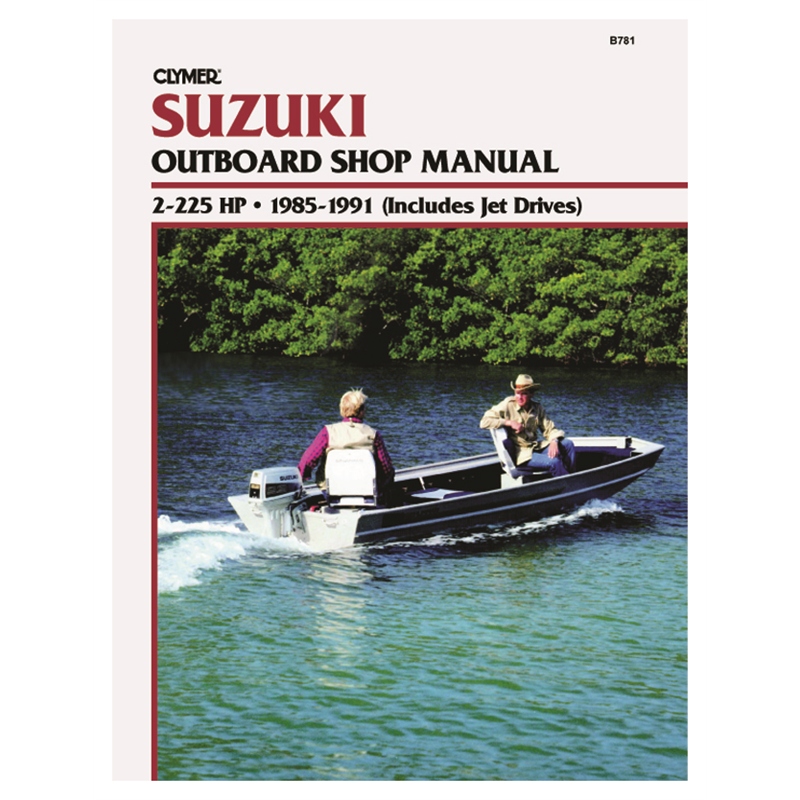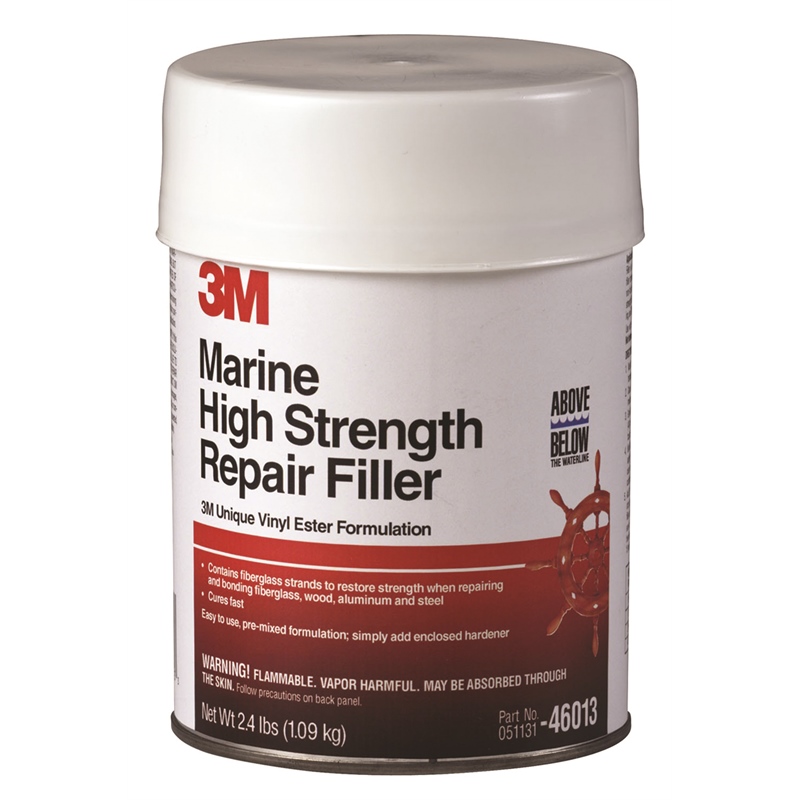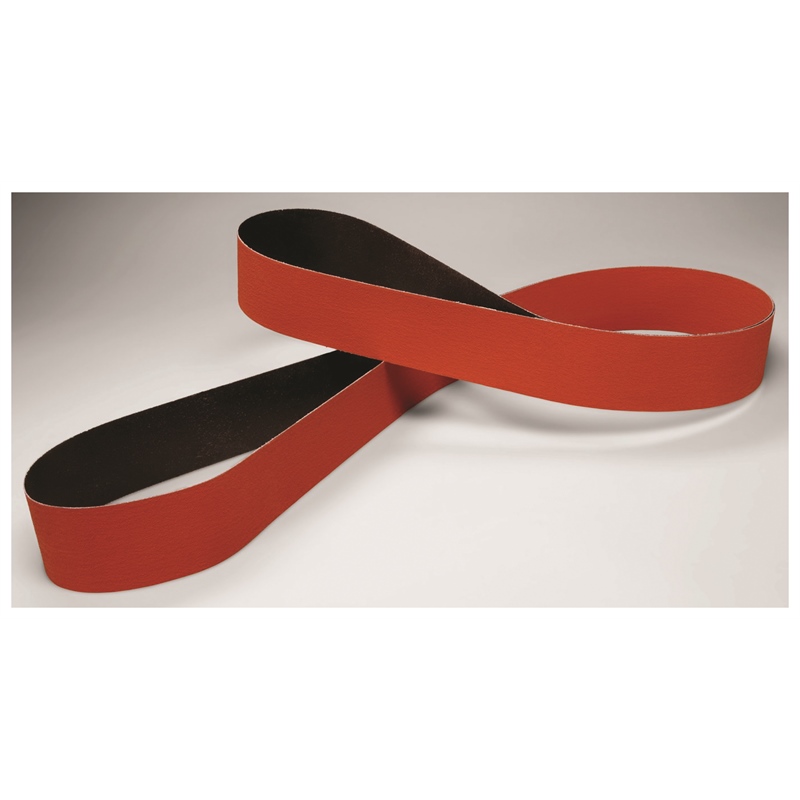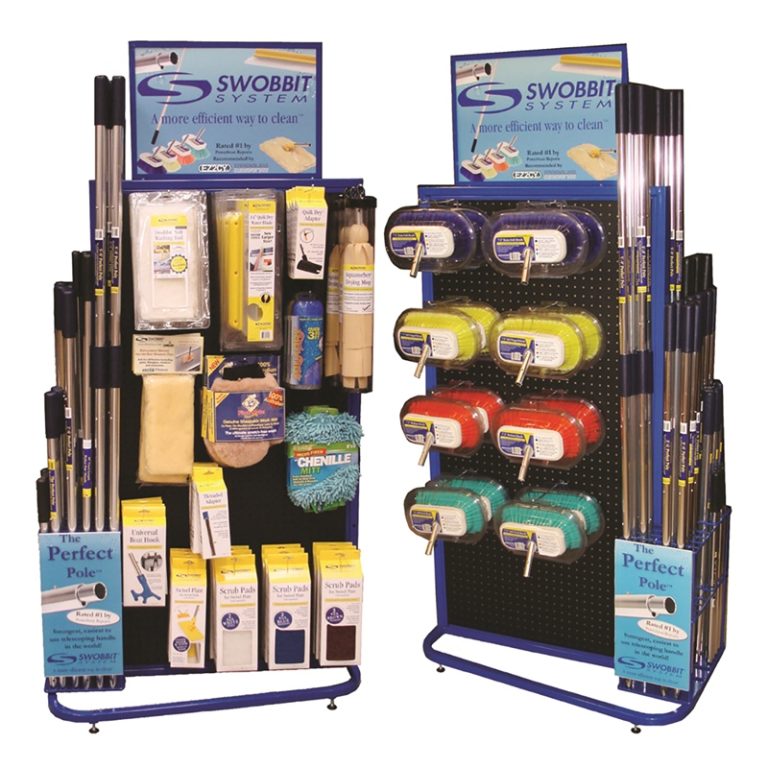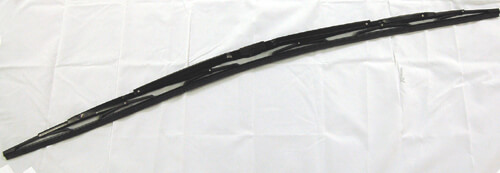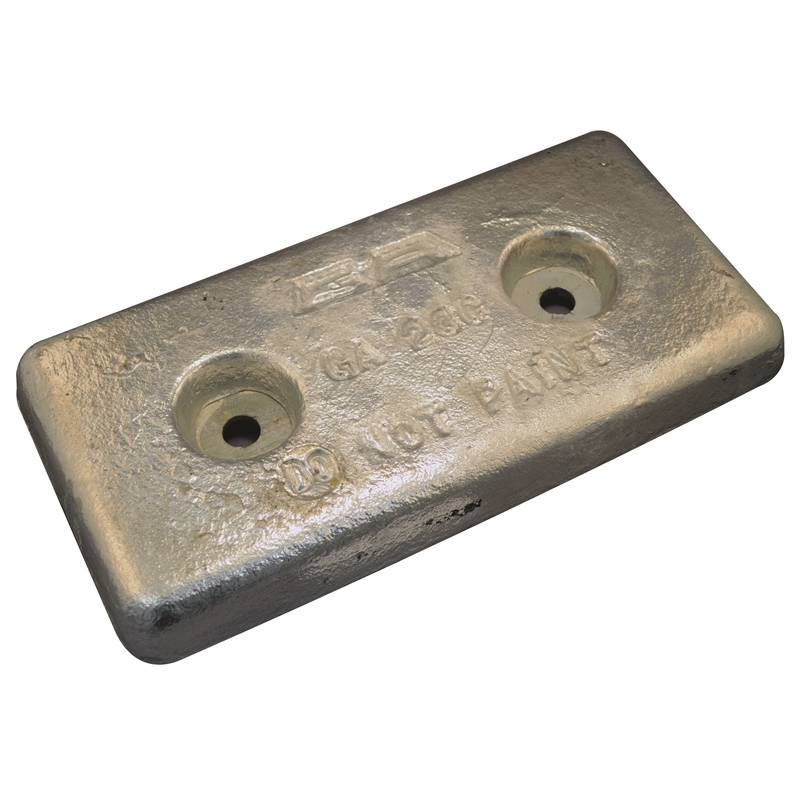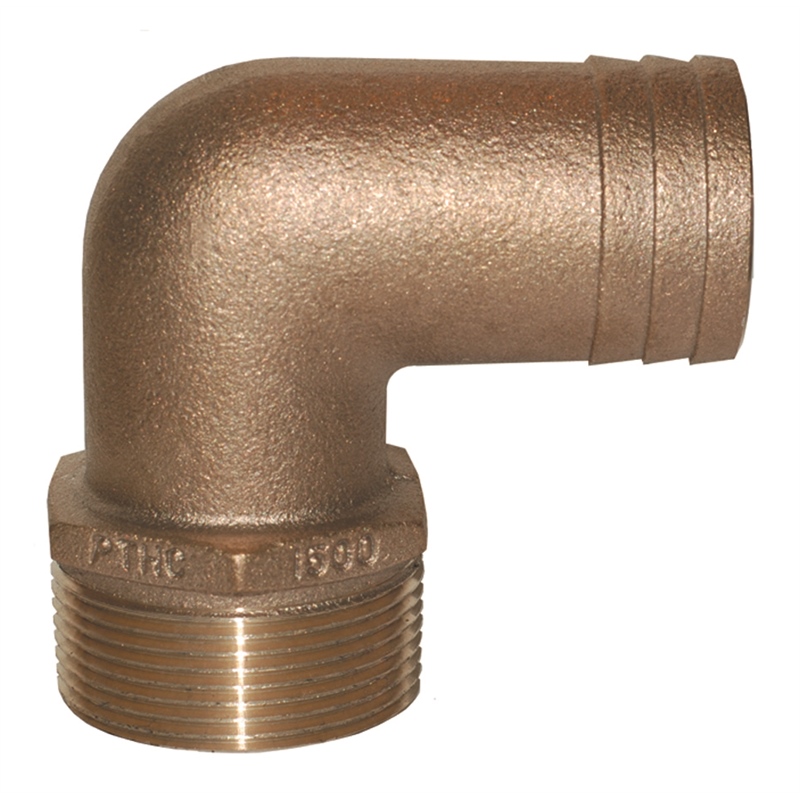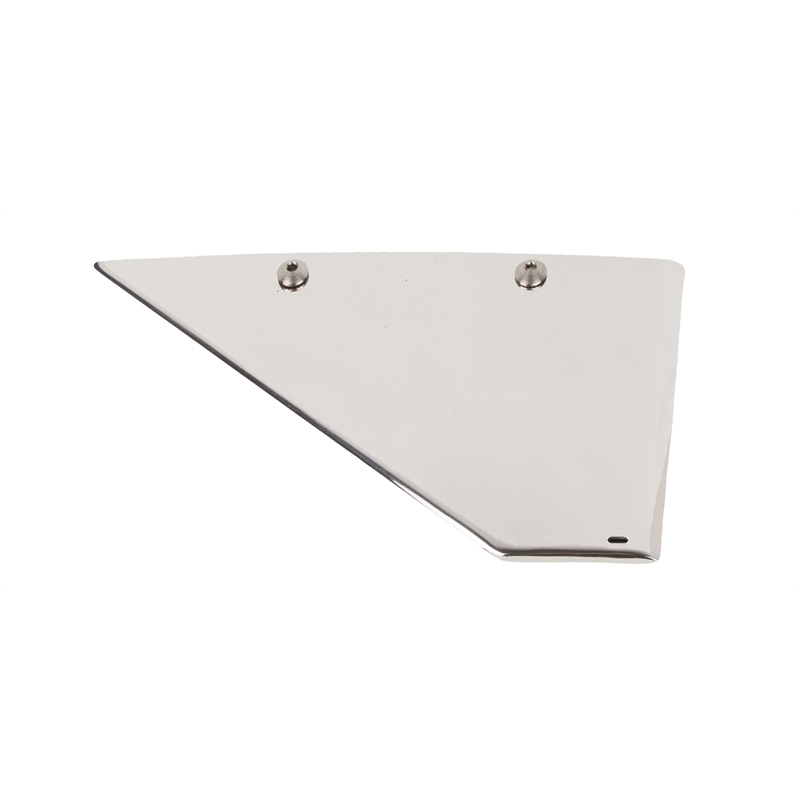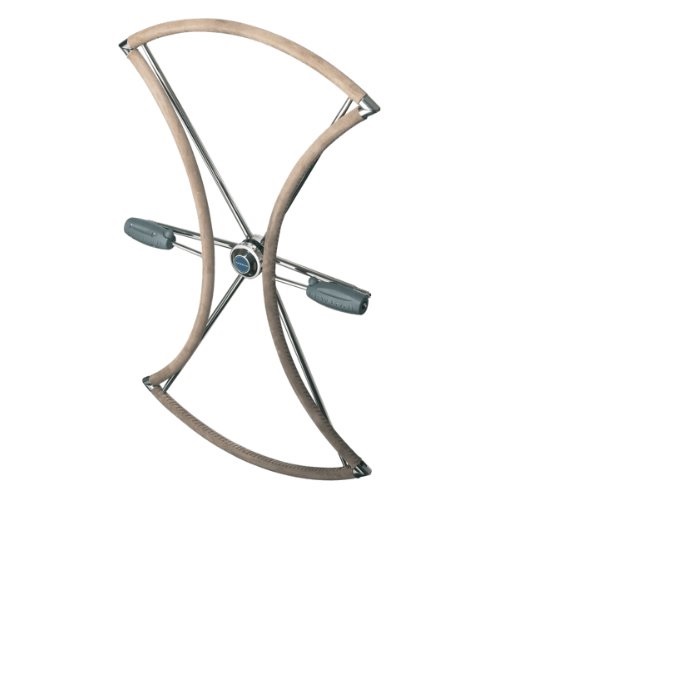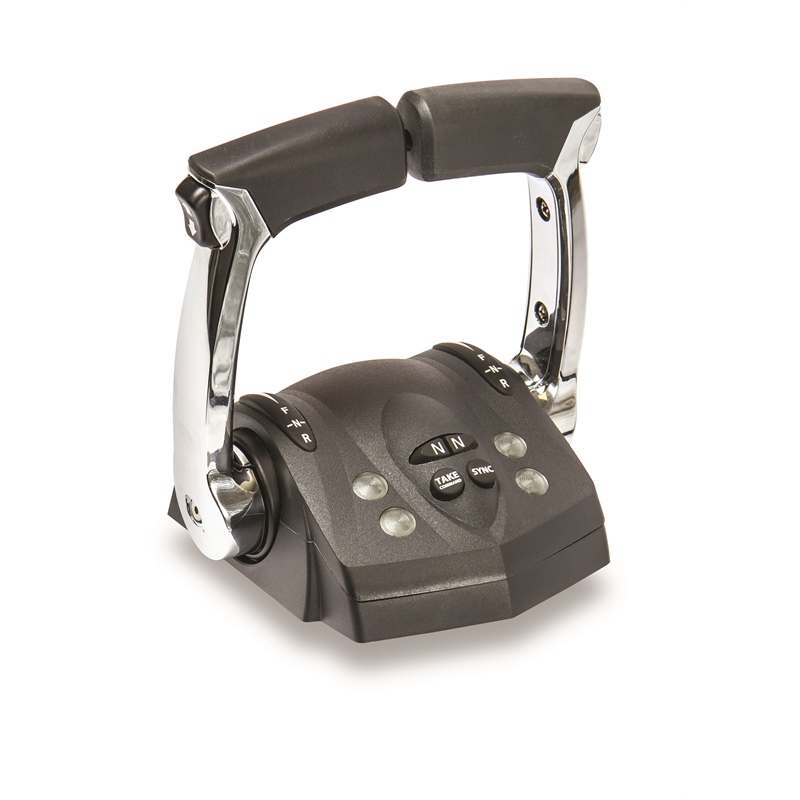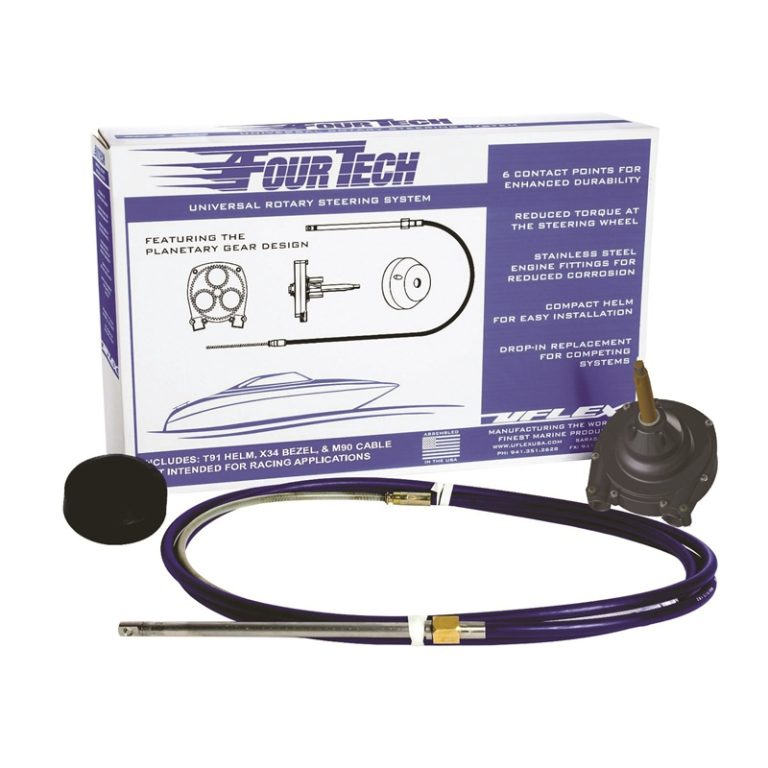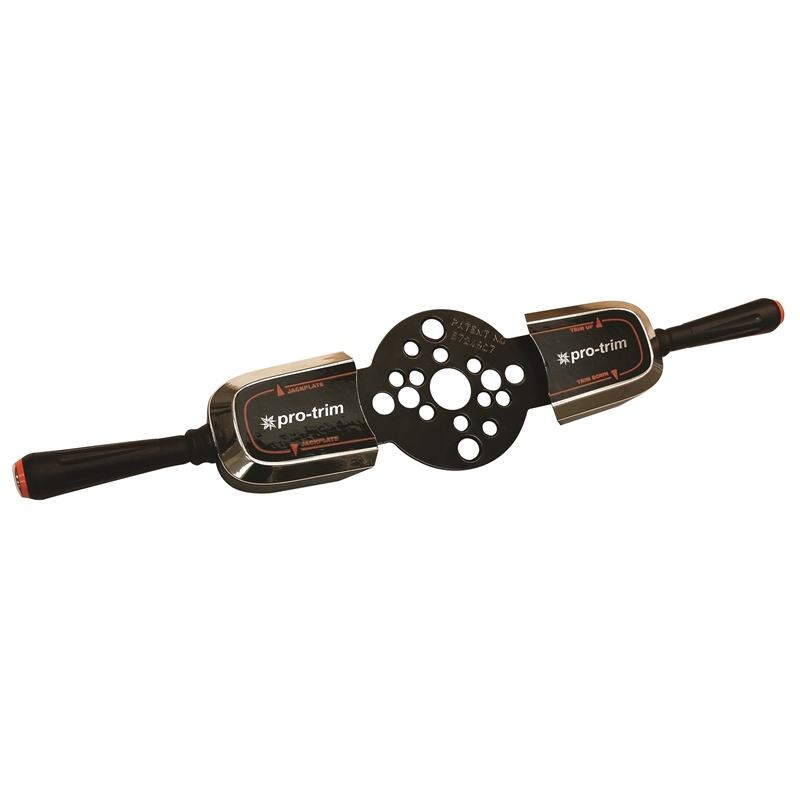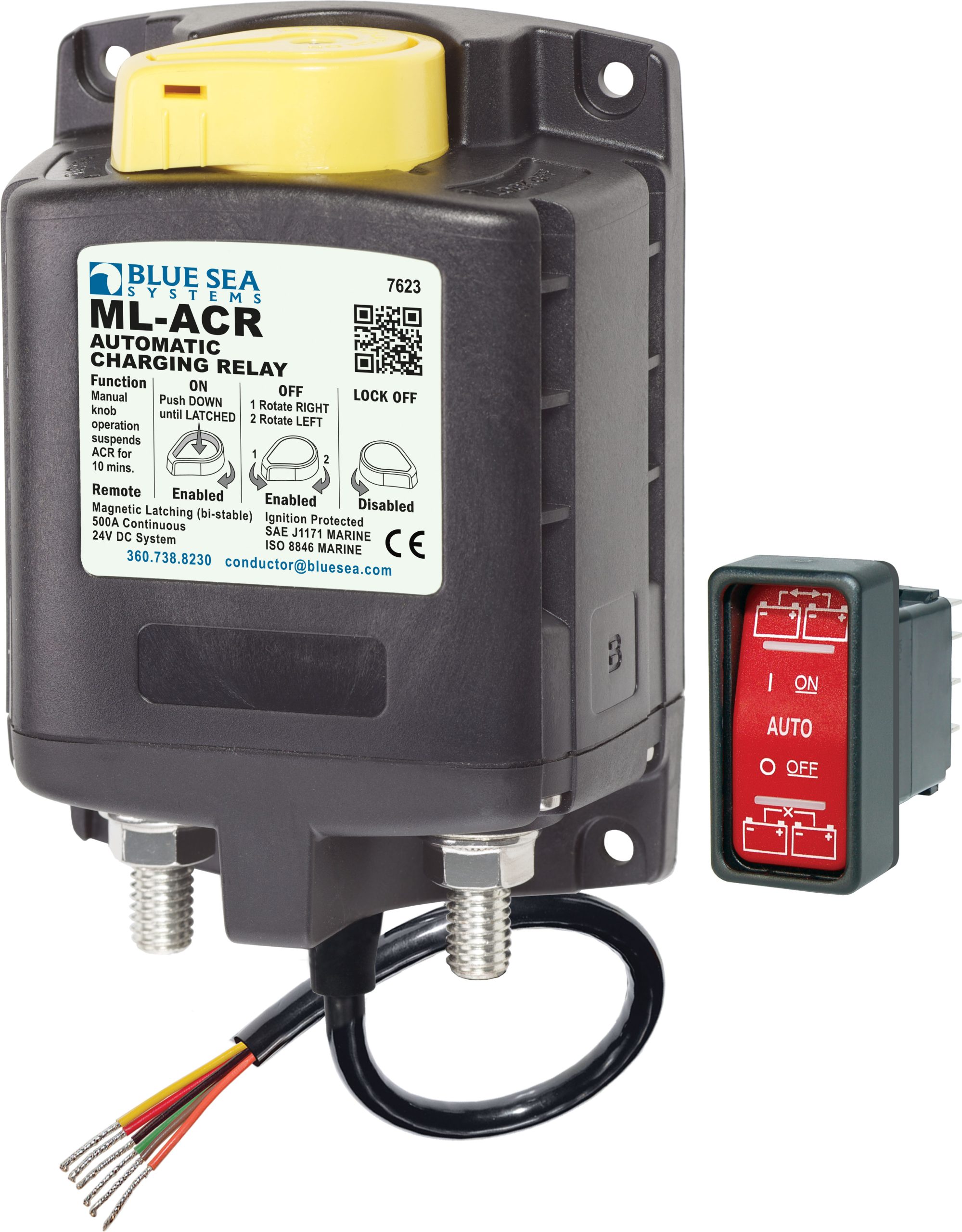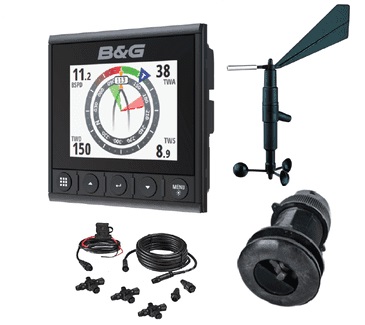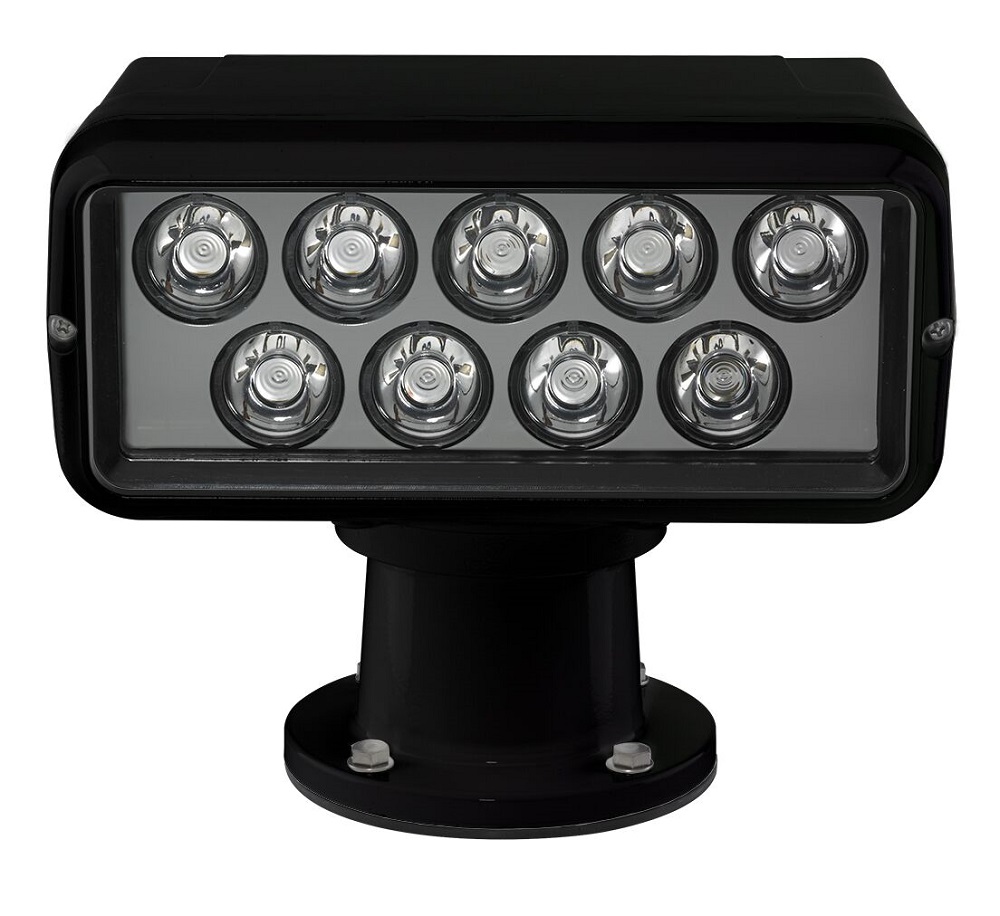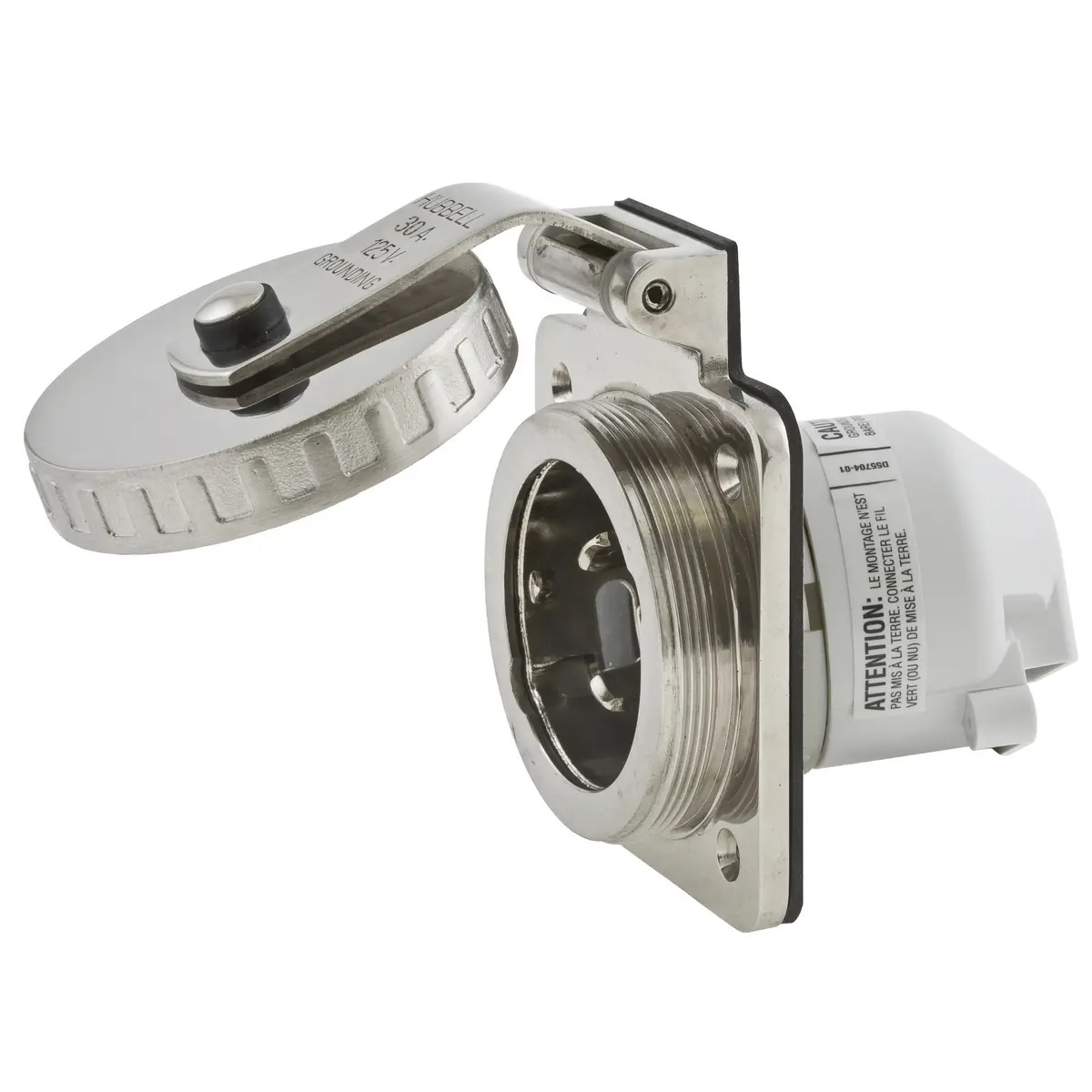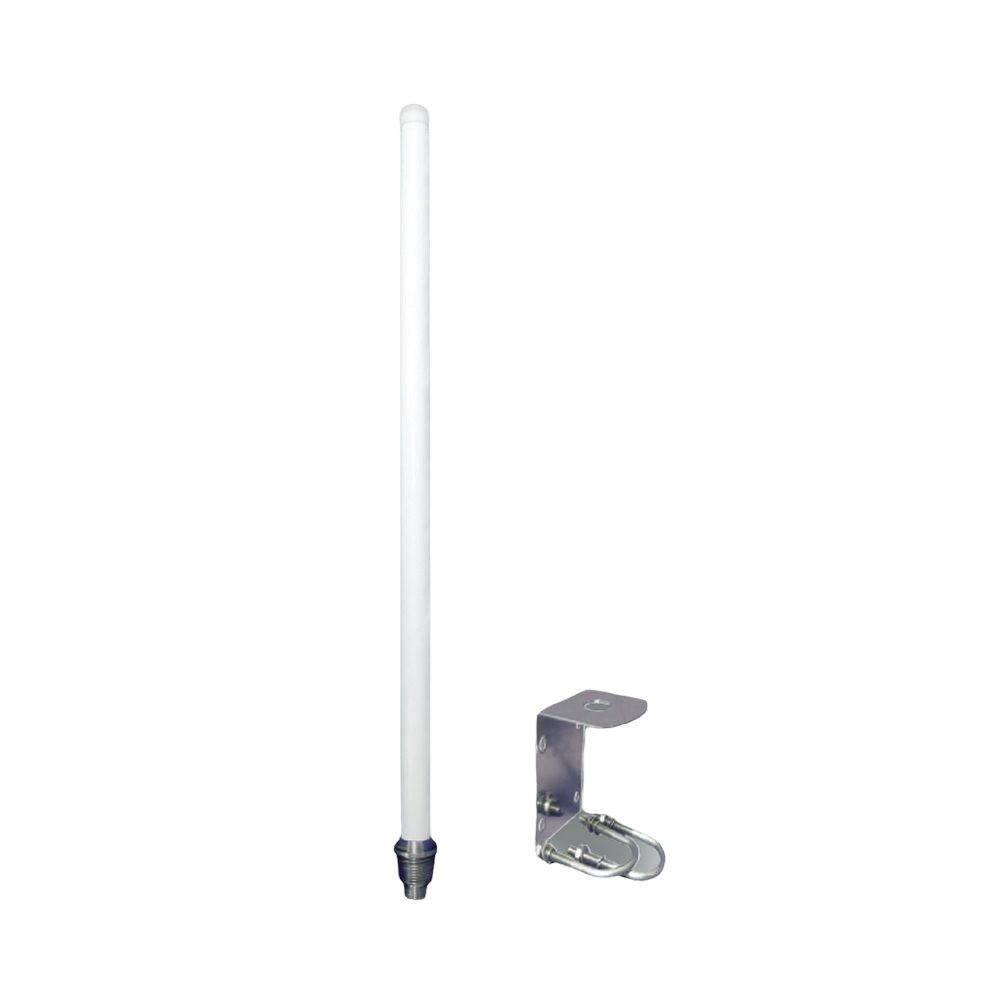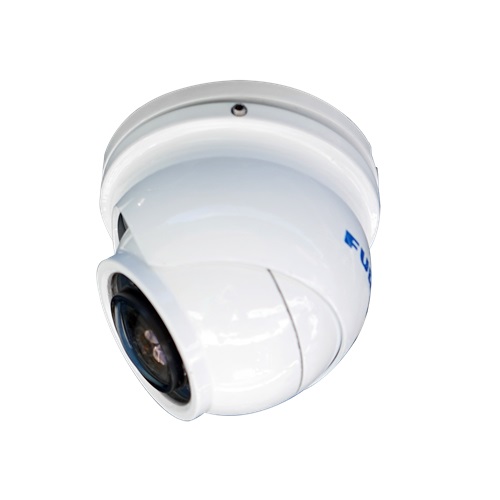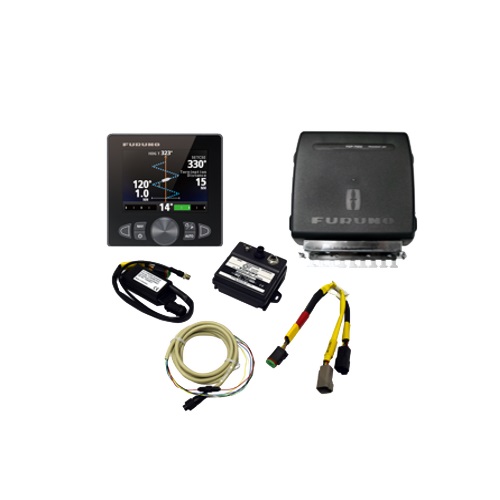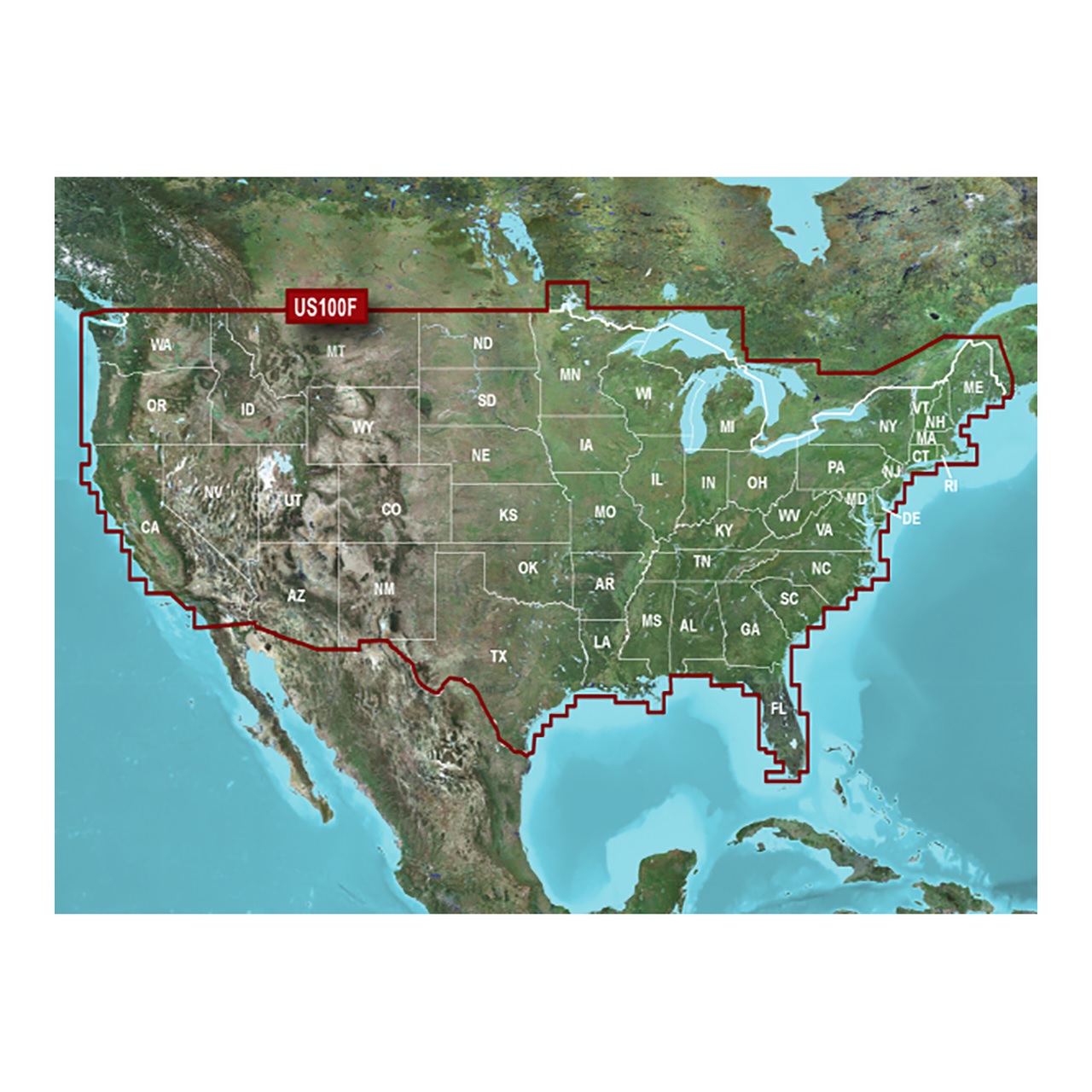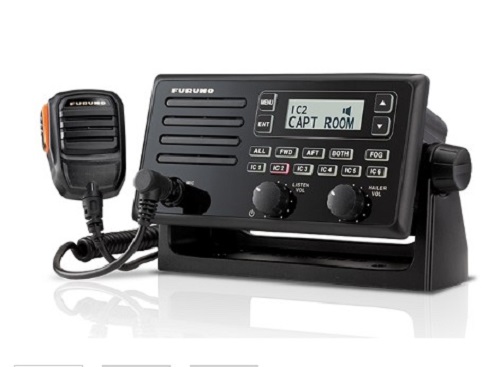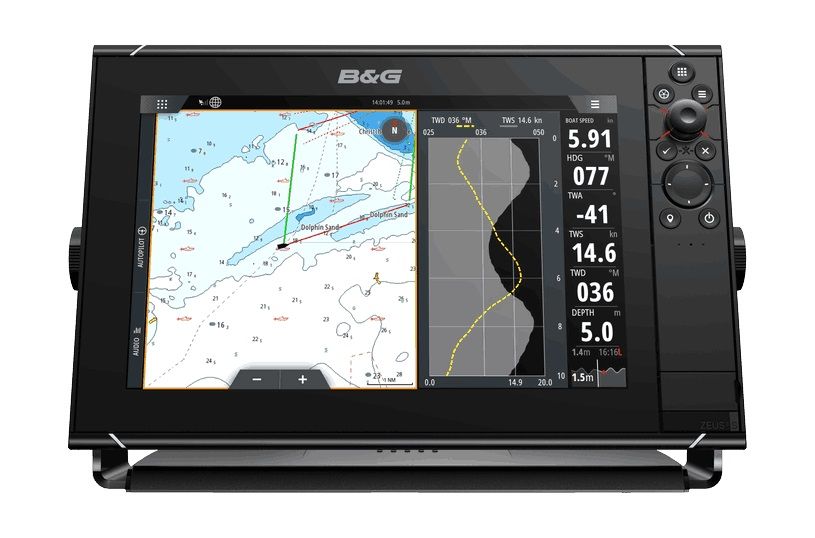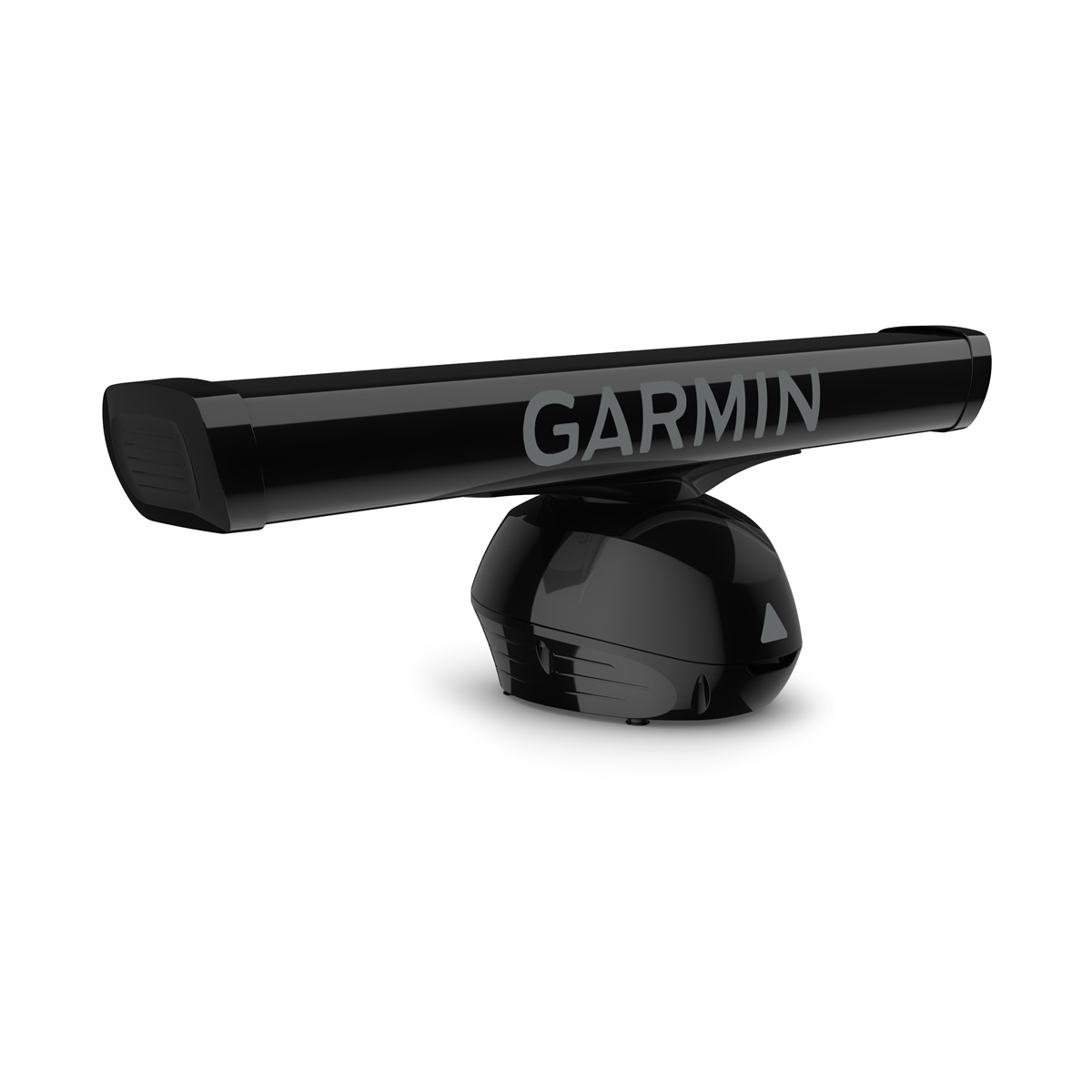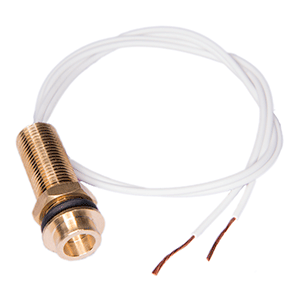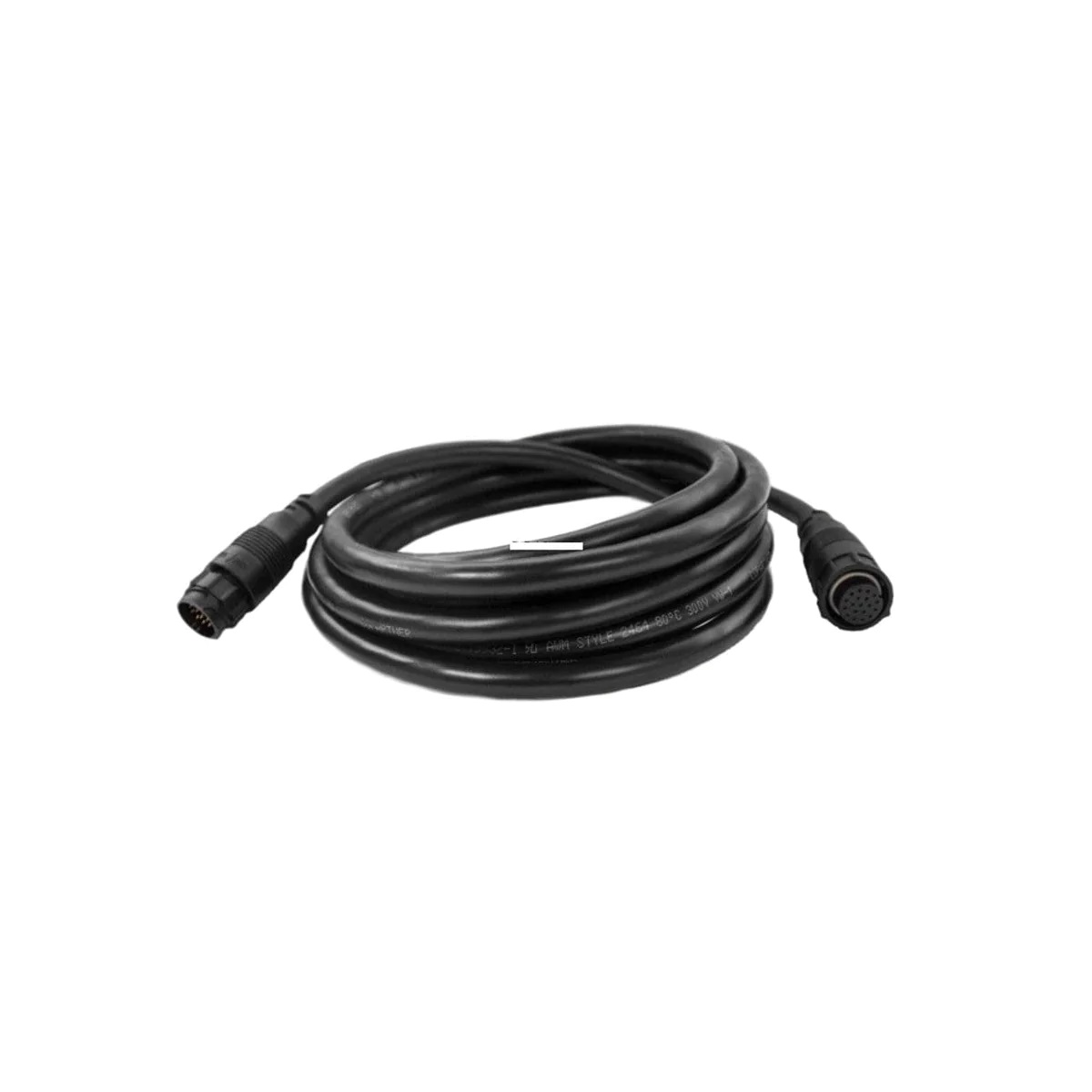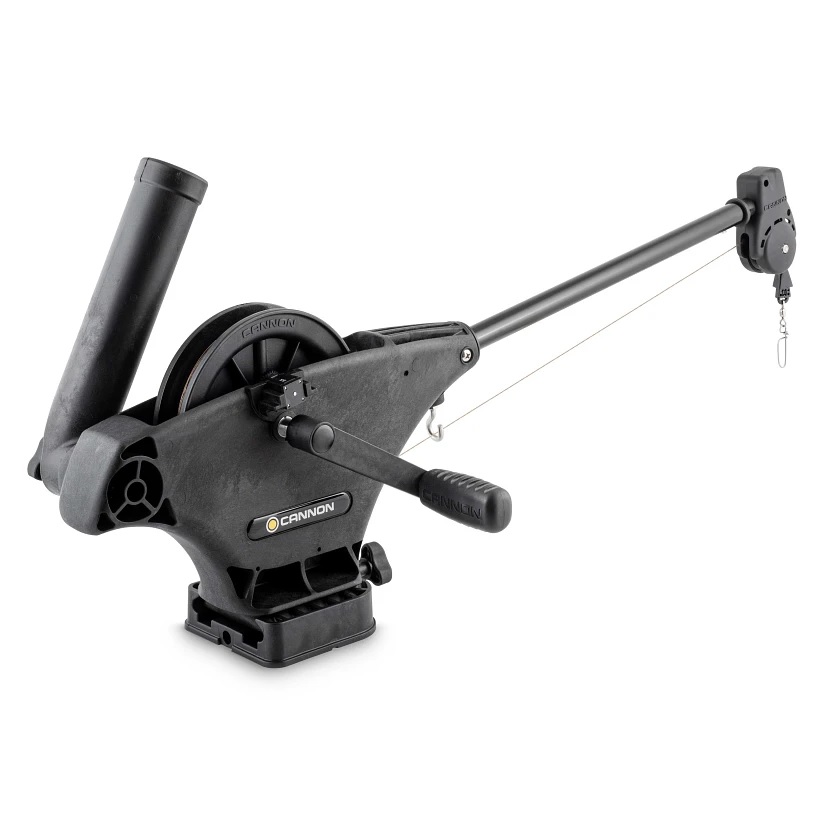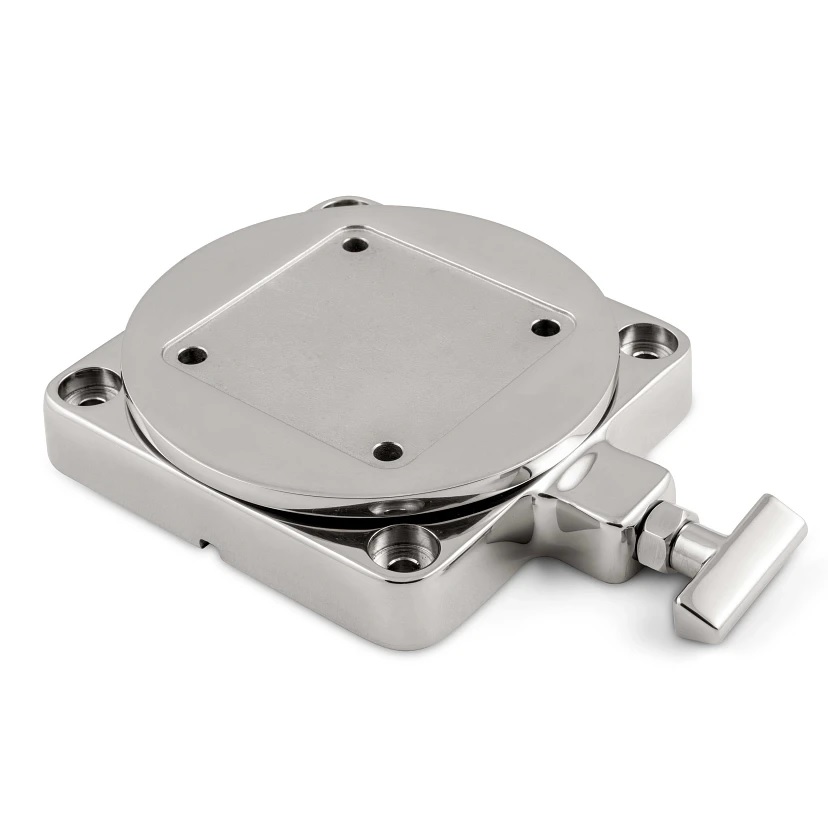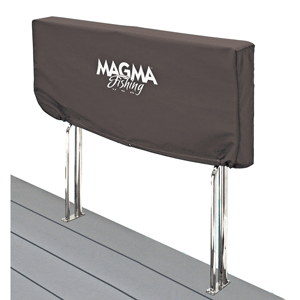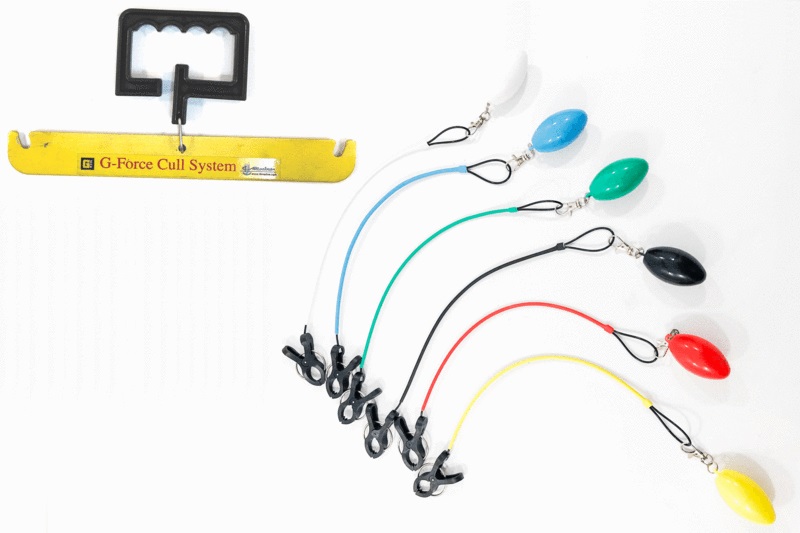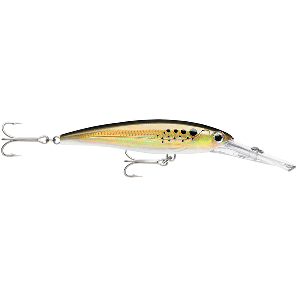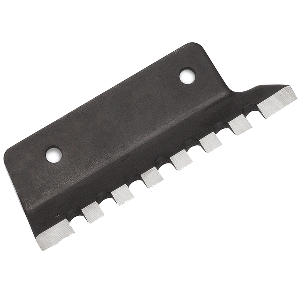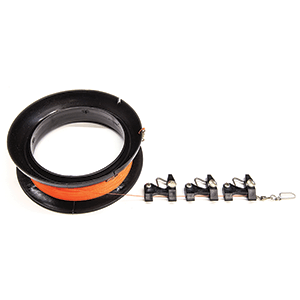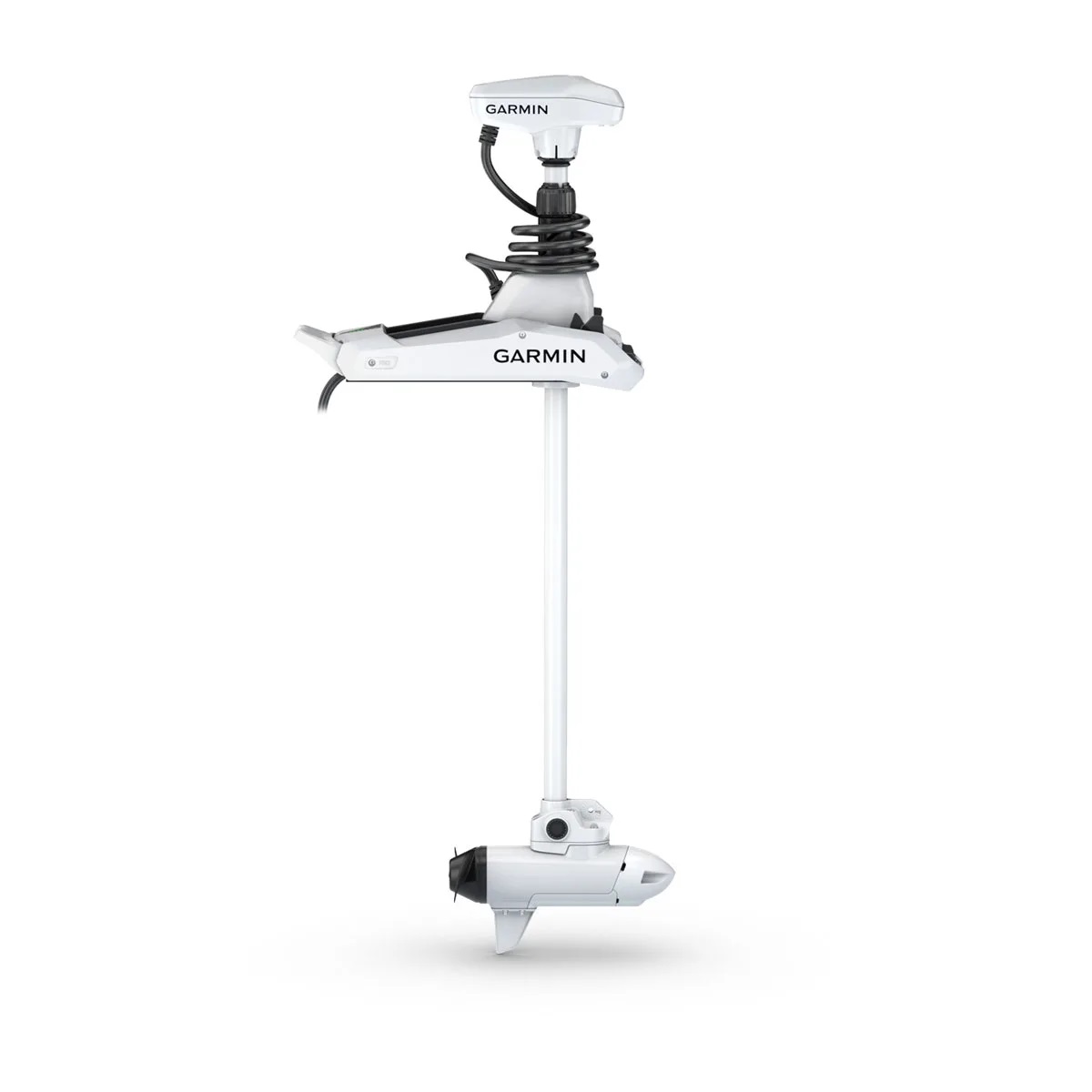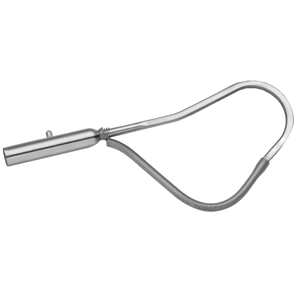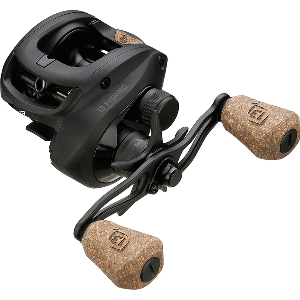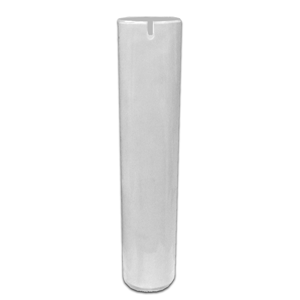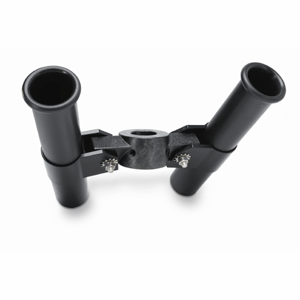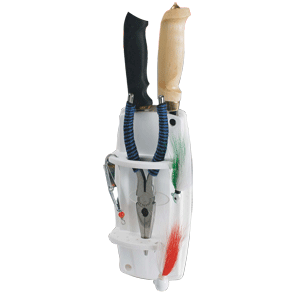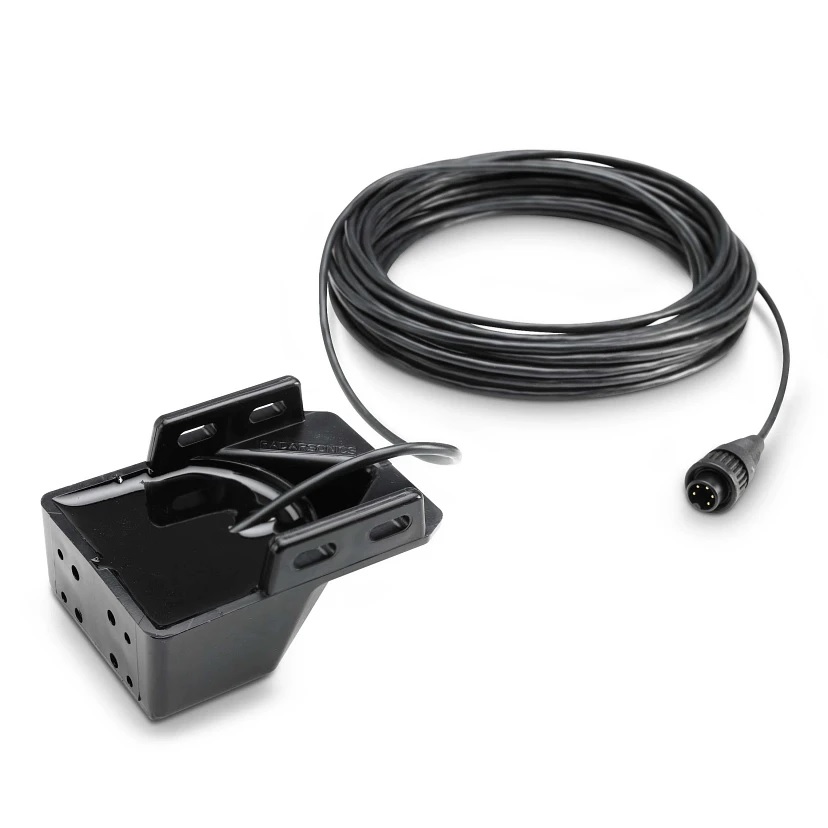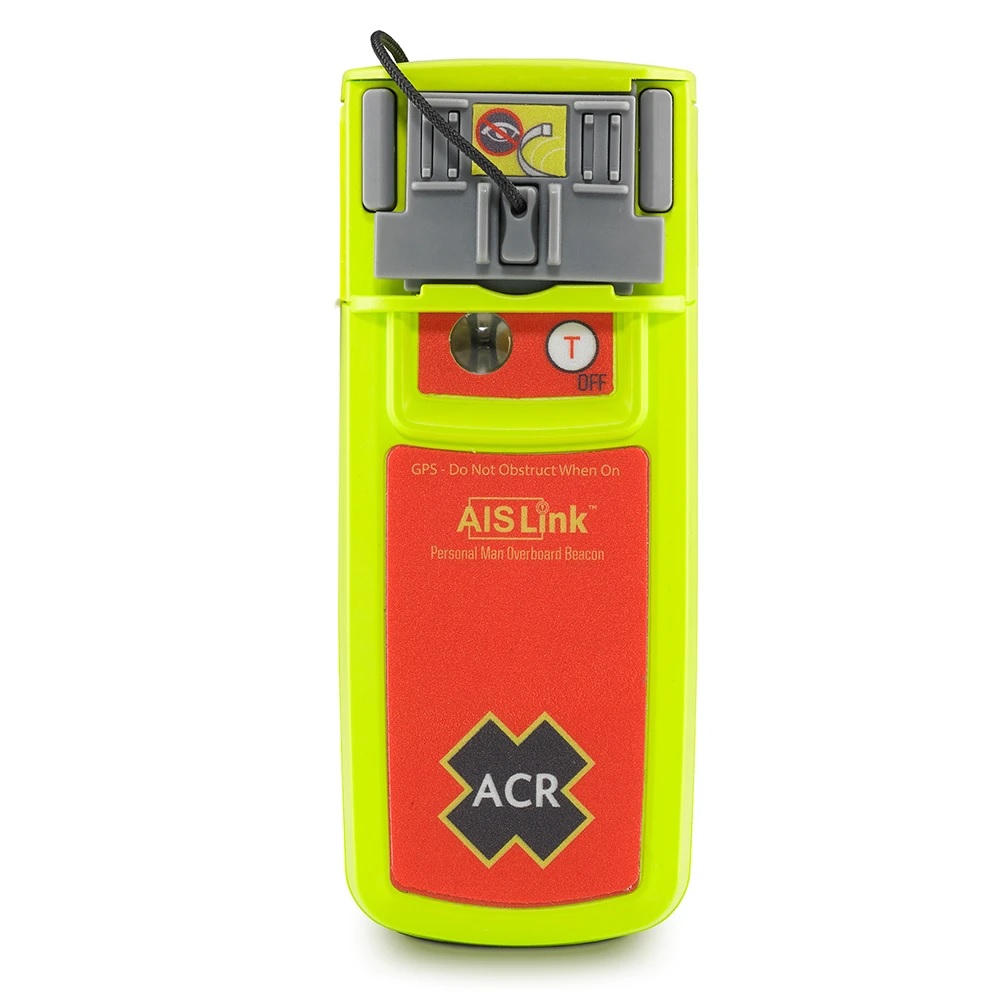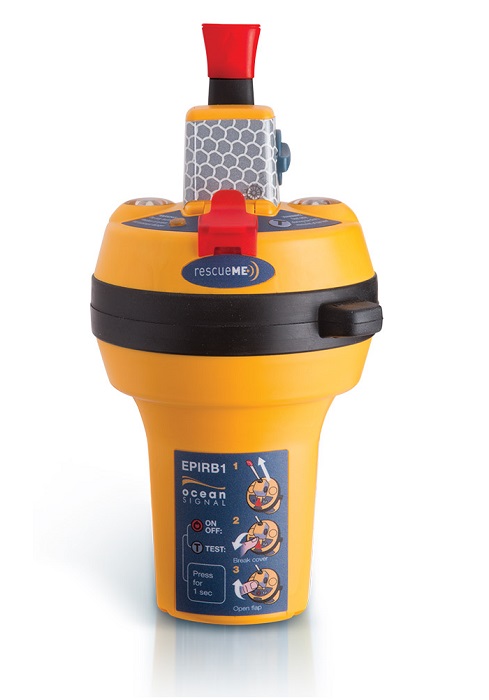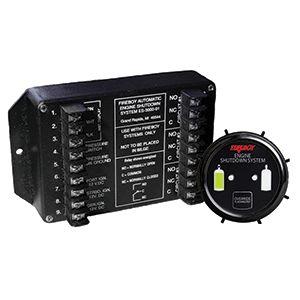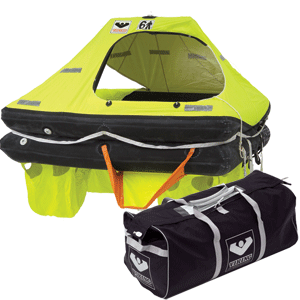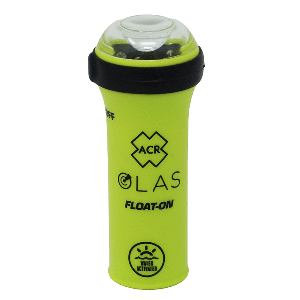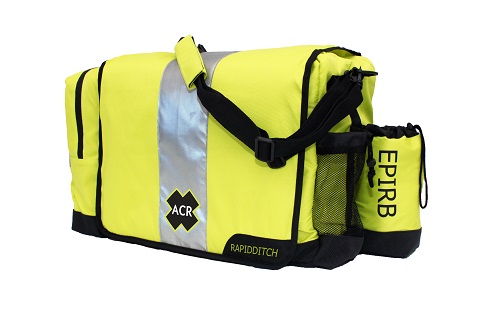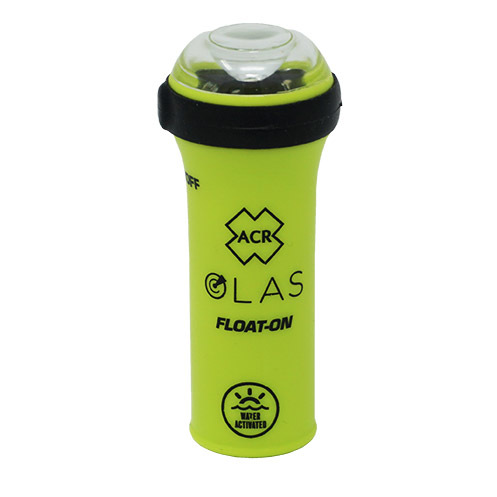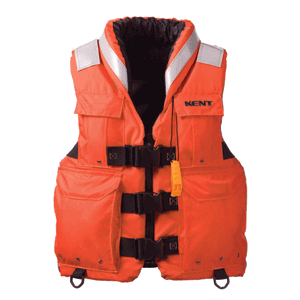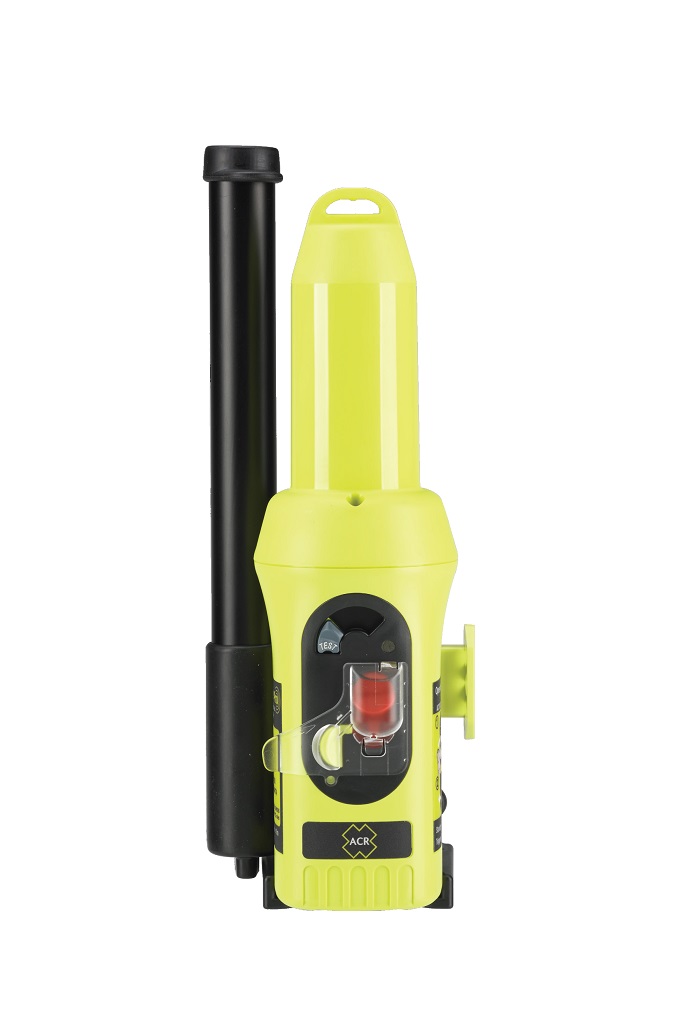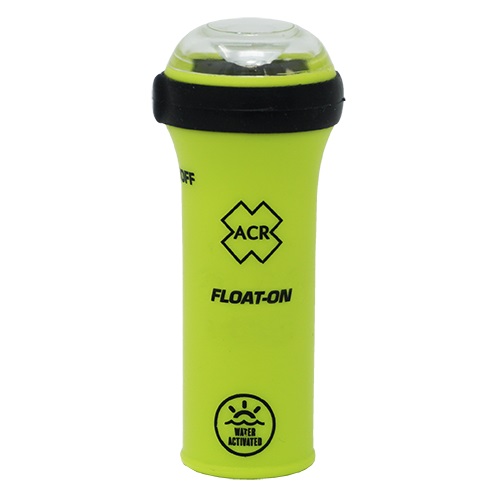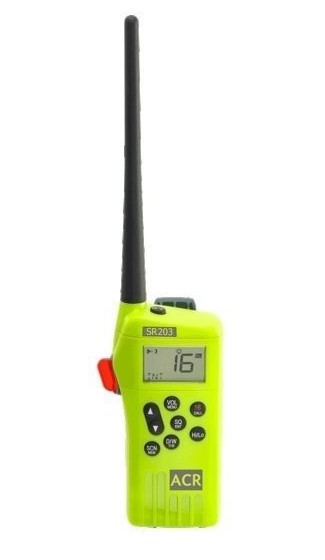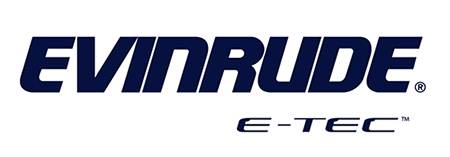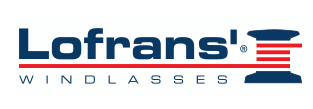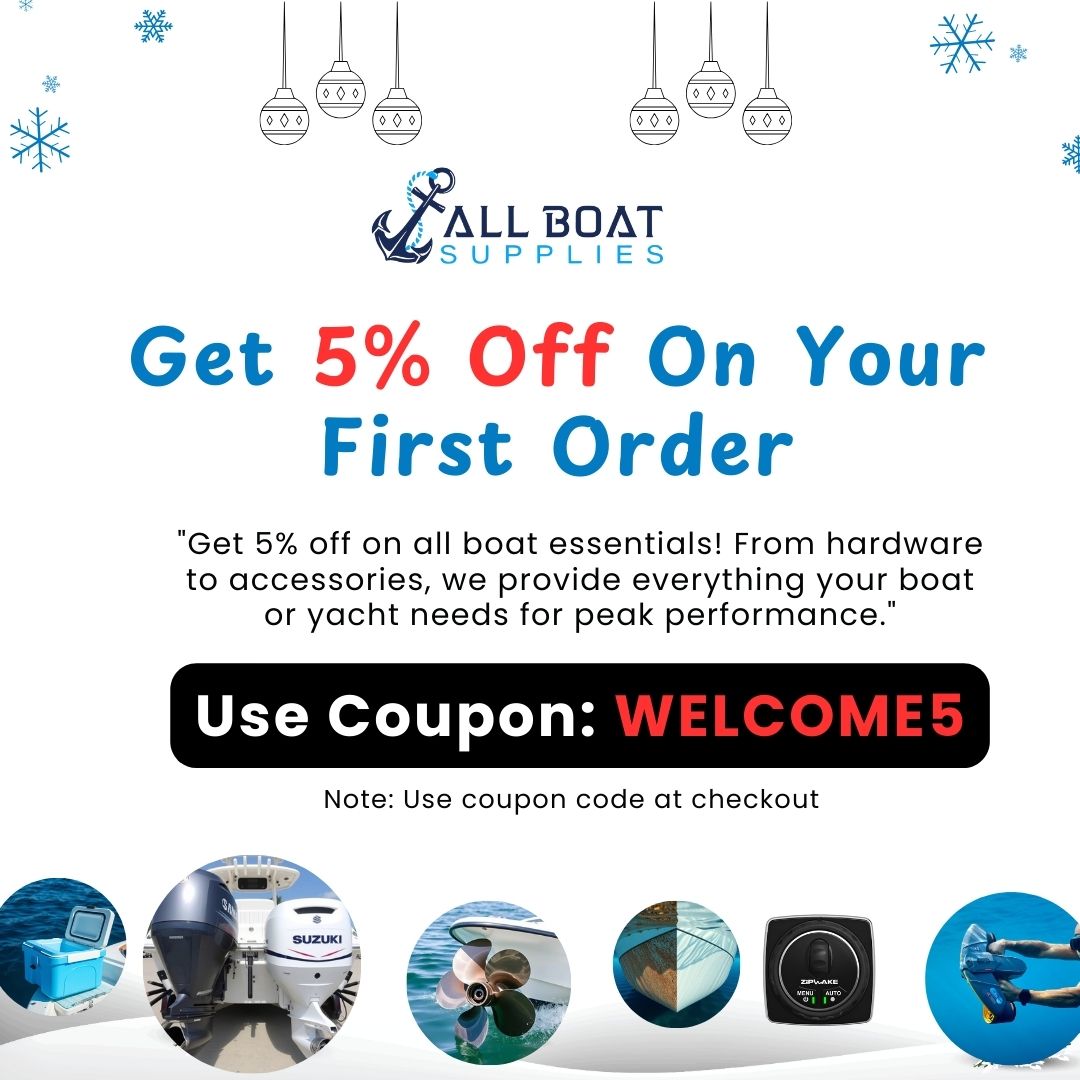YAMAHA 225-250 ZINC
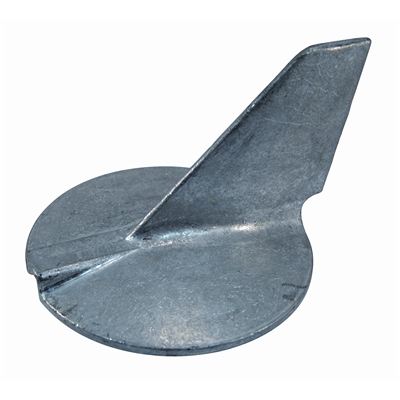
Introduction
When it comes to protecting your Yamaha marine engine, especially the powerful 225-250 HP models, having the right zinc anode is essential. The YAMAHA 225-250 ZINC for marine offers unmatched protection against corrosion in saltwater and brackish conditions. Built for reliability and endurance, this sacrificial anode is designed to prolong the life of your engine components by preventing galvanic corrosion — a hidden enemy that can quietly destroy metal parts.
Whether you’re a seasoned captain or a weekend warrior, understanding why YAMAHA 225-250 zinc for marine parts are critical can save you thousands in repairs and increase your boat’s longevity.
Overview / What Is YAMAHA 225-250 Zinc?
A zinc anode is a sacrificial metal component that attaches to the engine or lower unit of a boat to divert corrosive activity away from important metal parts. Specifically engineered for the Yamaha 225-250 HP outboards, these anodes play a crucial role in galvanic corrosion protection by “sacrificing” themselves to corrosive electrolytes in the water.
The YAMAHA 225-250 ZINC for marine is precision-cast to fit Yamaha engines perfectly. It’s easy to install and serves as a cost-effective insurance policy for your marine powerplant. Without this zinc anode, your outboard’s lower unit, prop shaft, and internal components are at risk of degrading prematurely.
Why Zinc Anodes Are Vital for Saltwater Protection
Boats exposed to saltwater are highly susceptible to galvanic corrosion, a natural electrochemical process that can lead to devastating metal damage over time. YAMAHA 225-250 zinc anodes offer essential protection by absorbing the electrical current, preserving critical engine components like propellers, shaft drives, and lower units.
Zinc is especially effective in saltwater environments because it has a lower voltage potential than aluminum or stainless steel, making it ideal for cathodic protection. Regularly replacing your zinc anodes ensures your engine stays shielded against corrosion, even in harsh offshore environments.
How to Install Yamaha 225-250 Zinc Anodes
Installation of the YAMAHA 225-250 zinc for marine is straightforward. Start by locating the existing anodes on your outboard motor – these are usually placed on the trim tab, lower unit, or transom. Using a socket wrench or screwdriver, remove the old anodes (if corroded or depleted) and clean the area with a wire brush.
Next, align the new zinc anode with the factory-drilled holes, ensuring proper contact with the bare metal surface. Tighten the fasteners snugly but avoid over-torquing to prevent damage. For maximum effectiveness, always install genuine Yamaha zinc anodes designed for your exact horsepower range.
Maintenance Tips
Proper maintenance of your YAMAHA 225-250 zinc anodes is critical to maximizing their life and performance. Here are a few essential tips:
- Inspect zinc anodes every 2–3 months or after extended saltwater usage.
- Replace the anode once 50% or more is consumed or pitted.
- Clean the contact area with a wire brush before replacing old anodes.
- Never paint over anodes — doing so renders them ineffective.
- Use only compatible zinc anodes for Yamaha 225-250 models to ensure proper fit and functionality.
By adhering to these practices, you’ll protect your Yamaha outboard engine from the damaging effects of corrosion for years to come.
Best Yamaha Zinc Anode Options for Durability
While several aftermarket options are available, genuine or OEM-equivalent zinc anodes specifically designed for Yamaha 225-250 marine engines are best. These are manufactured to meet factory tolerances and provide superior corrosion resistance.
Some of the most popular zinc anode models compatible with Yamaha outboards include:
- Trim tab zinc anodes for 225-250 HP Yamaha motors
- Sacrificial ring zinc anodes for the propeller shaft
- Lower unit zinc anodes with bolt-on designs
Always choose high-quality zinc material over cheaper aluminum or magnesium unless you are boating in freshwater or brackish conditions.
Expert Advice and Pro Recommendations
Marine professionals universally recommend the regular replacement of zinc anodes to maintain the longevity of Yamaha outboard engines. Failing to change your anodes in time can lead to expensive repairs, including lower unit replacements, corrosion buildup on the trim tab, and damage to the prop shaft and propeller.
Investing in YAMAHA 225-250 ZINC ensures you’re using reliable, proven materials that deliver unmatched protection. Don’t forget to use discount code WELCOME5 for a 5% off on your order today!
Detailed FAQ Section
How often should I replace Yamaha 225-250 zinc anodes?
Replacement frequency depends on how often and where you use your boat. In high-salinity waters or during peak usage months, inspect your anodes monthly. As a rule of thumb, once an anode is 50% depleted, it should be replaced immediately. Waiting too long can expose critical engine parts to irreversible corrosion. If your boat is stored in water year-round, more frequent checks are necessary.
Can I use aluminum anodes instead of zinc for my Yamaha 225-250?
Aluminum anodes are sometimes used for boats operating in both freshwater and brackish water. However, for pure saltwater environments, zinc remains the top choice due to its higher corrosion potential. Yamaha engines perform best when matched with the intended anode type, and the YAMAHA 225-250 zinc for marine is optimized specifically for this purpose. Using the wrong material could compromise the protection of your engine’s components.
Is it easy to install the Yamaha 225-250 zinc anode by myself?
Yes, with a few basic tools like a socket wrench or screwdriver, installing a zinc anode is a DIY-friendly task. It typically takes less than 20 minutes. Just make sure to clean off the mounting surface before installation to ensure proper conductivity. Also, follow your Yamaha manual for torque specifications if available. Always double-check that the anode is secure and making metal-to-metal contact.
Do painted anodes still protect my engine?
No, painted or coated anodes are ineffective because the protective current cannot flow through the coating. If your anode has paint on it, it must be removed with a wire brush or replaced altogether. An unpainted, clean zinc anode like the YAMAHA 225-250 zinc ensures optimal performance and electrical connectivity for full corrosion protection.
How do I know if my zinc anode is working properly?
Visual inspection is key. A working anode will show signs of wear such as pitting, chalky residue, or material loss. If it remains shiny and untouched after prolonged use, it might not be installed correctly or is making poor contact. You can also check with a multimeter for voltage between metals, though this is rarely necessary for typical users. Regular inspections and proper installation are your best defense against failure.
Conclusion
Protecting your marine engine investment starts with smart maintenance choices — and choosing the right anode is one of the smartest. The YAMAHA 225-250 zinc for marine offers superior corrosion resistance, long-lasting performance, and peace of mind for every voyage. Whether you’re cruising offshore or navigating brackish waters, don’t overlook the importance of this small but mighty component.
Visit All Boat Supplies today to get your genuine Yamaha zinc anode and enjoy 5% off using code WELCOME5.
Special Offer
WELCOME5 – Get 5% off storewide at allboatsupplies.com
🚀 Instant Assistance: Need help selecting the right product? Drop your contact in the chatbox at the bottom right corner, and our expert team will reply within 30 minutes with the best product suggestion for your boat — including a ready-to-use checkout link. We’re fast, knowledgeable, and always here for your boating needs!
No more guesswork — just message us and get a personalized checkout link for your antifouling system, fast!
Explore Our Best-Selling Ultrasonic Antifouling Products:
Buy now
Let us handle the hassle — expert support, quick replies, and smooth checkout. Your boat deserves the best.
Read More
For more helpful marine maintenance guides, check out our article on Drain Plug Gasket.


